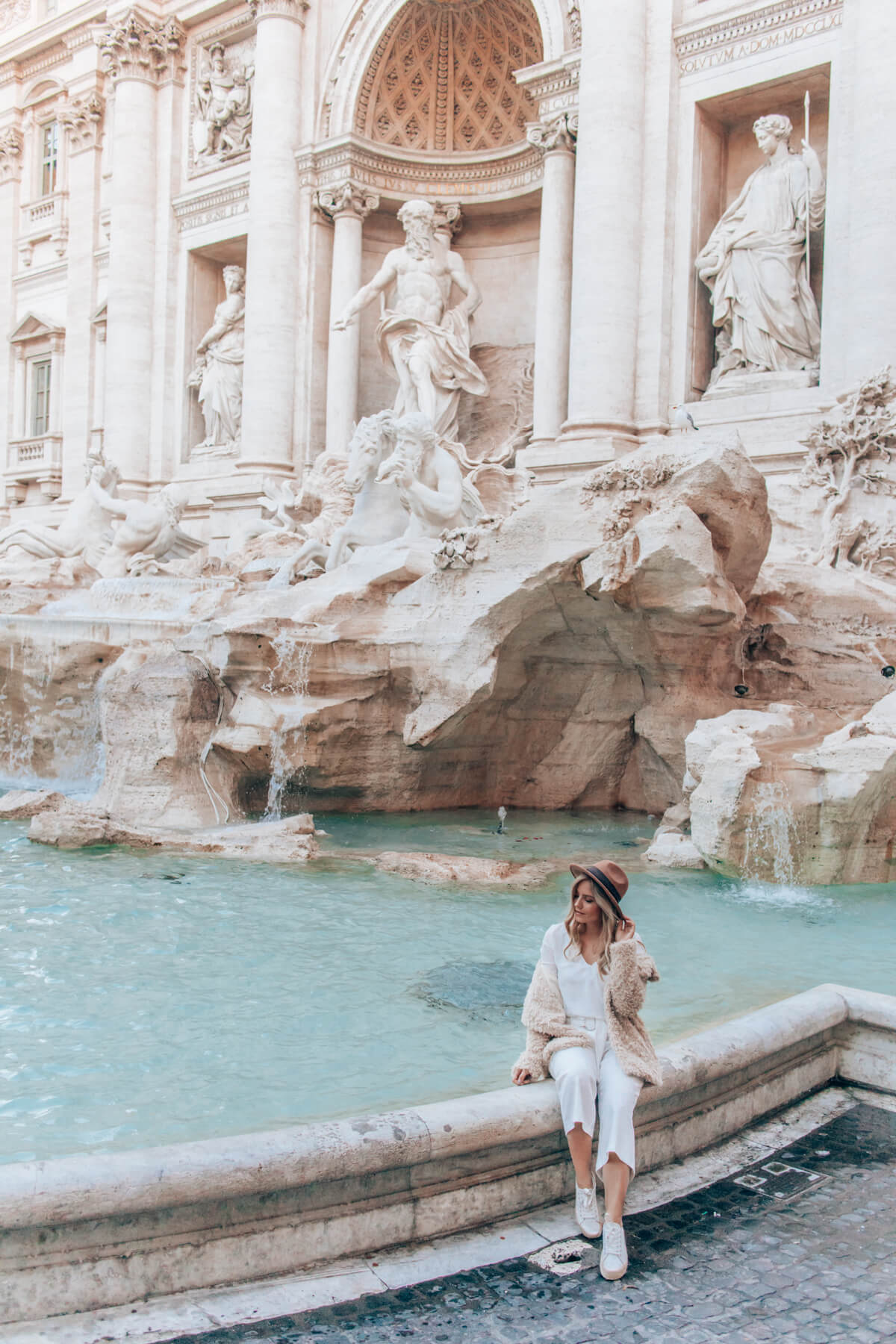
Quite surprisingly, the city of Rome impressed me more than I initially thought it could. The Italian capital convinced me with its beautiful markets, mighty buildings, wells, monuments and excellent food. Every corner reveals a rich history that extends from the time of the Roman Empire, to the Renaissance to the present. If you have 3 days and a couple of euros extra, Rome can be a great choice for a short trip. For a thorough and enjoyable trip, I recommend a day more, but nevertheless in three days you can see, taste and feel the city.
3 days in Rome – what to see, where to book your hotel, tips & tricks and more in this Rome Itinerary.
How to get to Rome?
Even if there are probably several offers for a trip to Rome by bus (in Europe), I warmly advise you (if you are not planning a longer roadtrip across Italy) to travel by plane. A return ticket with hand luggage included from Trieste was around 50 € per person to Ciampino airport. Ciampino is one of the two airports on the outskirts of Rome, to which you can also fly low-cost airlines. You can take a bus from the airport to the city (one-way ticket costs around 5 €), taxis (the ride can cost up to 50 € but the usual price should be around 30 €) and you can also use the MyTaxi application. Ciampino is approximately 15 km from the city and 30 km from Fiumicino International Airport.
How to move around Rome?
In comparison to most European capitals, in Rome the metro is a slightly less useful option for tourists, especially if your hotel is not in the vicinity of the station, as there are generally few routes and stops (the price of one ticket is 1.5 € and the daily one is 6 €). A more convenient option would be taking a bus (fares are the same as for the metro), but we did not use any of this. We walked through the city most of the time and took a taxi only once – we used the MyTaxi application (according to the advice of a friend who lives in Rome) (similar to Uber). If you choose a hotel in a good location, you can save a lot of money, time and energy by simply moving around the city by foot.
Where to book a hotel in Rome?
Our first hotel The Pantheon Iconic Rome was located right next to Pantheon and it had a truly excellent location to explore most of the sights in Rome. Our second hotel Palazzo Naiadi was located a bit more towards the North, but the location was still exceptional – it was just in the square of the “Piazza della Repubblica”, close to a metro station and the main station as well. “Fontana di Trevi” was just a kilometer away. My advice is to choose a hotel somewhere in the area of these two hotels or anywhere in between, because that way you will be able to explore Rome by foot.
When is the best time to visit Rome?
Rome is characterized by a Mediterranean climate. Summer can be very hot, especially August, which may not be the best choice. I would also suggest avoiding a visit during Easter holidays, if you do not want to deal with the crowd of the holy week. The same applies to Christmas time. The ideal time for exploring Rome is spring and autumn – March, April, October, November; and there are fewer tourists visiting the city in January and February (with the exception of Valentine’s day). October was an excellent choice for my mum and me. It was surprisingly warm, the tourists were quite close to the main sights, but without the big crowd that can be seen in the summer.
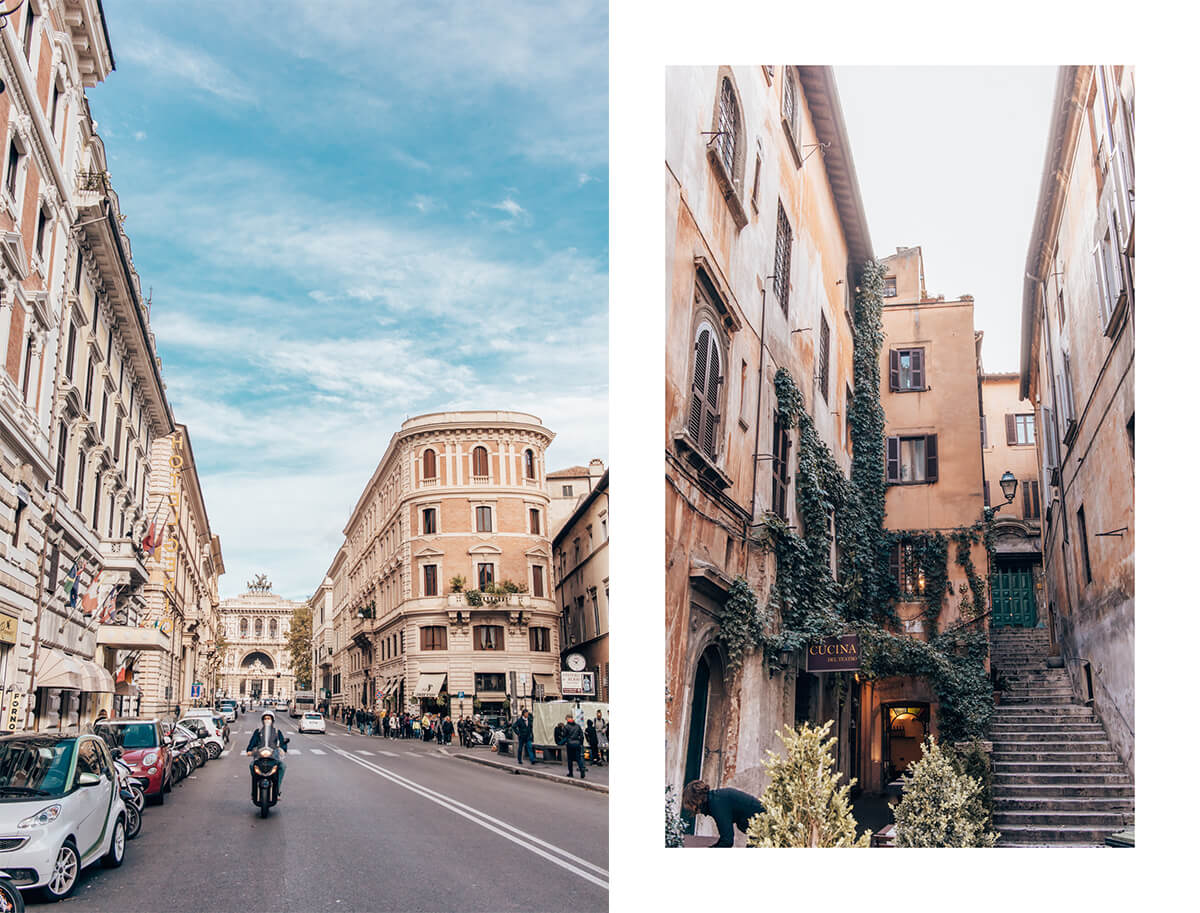
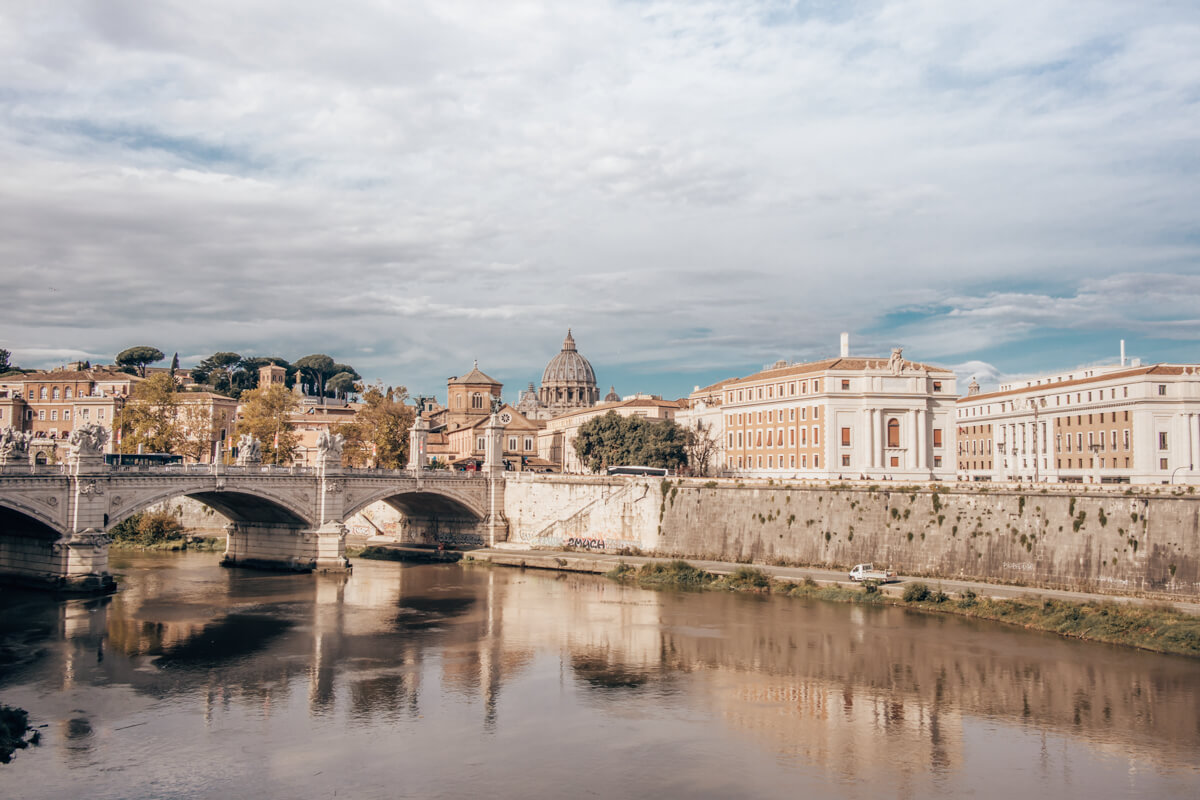
What to see in 3 days in Rome?
DAY 1
VATICAN
The smallest independent state in the world – you can spend almost a day in The Vatican City State if you want to see the market, the Basilica of St. Peter, the extensive collection of Vatican Museums and the Sistine Chapel. Book tickets in advance and enjoy a guide that will walk you through all the main points.. If you want to see the Pope in person, visit Vatican on a Wednesday at 10:00.
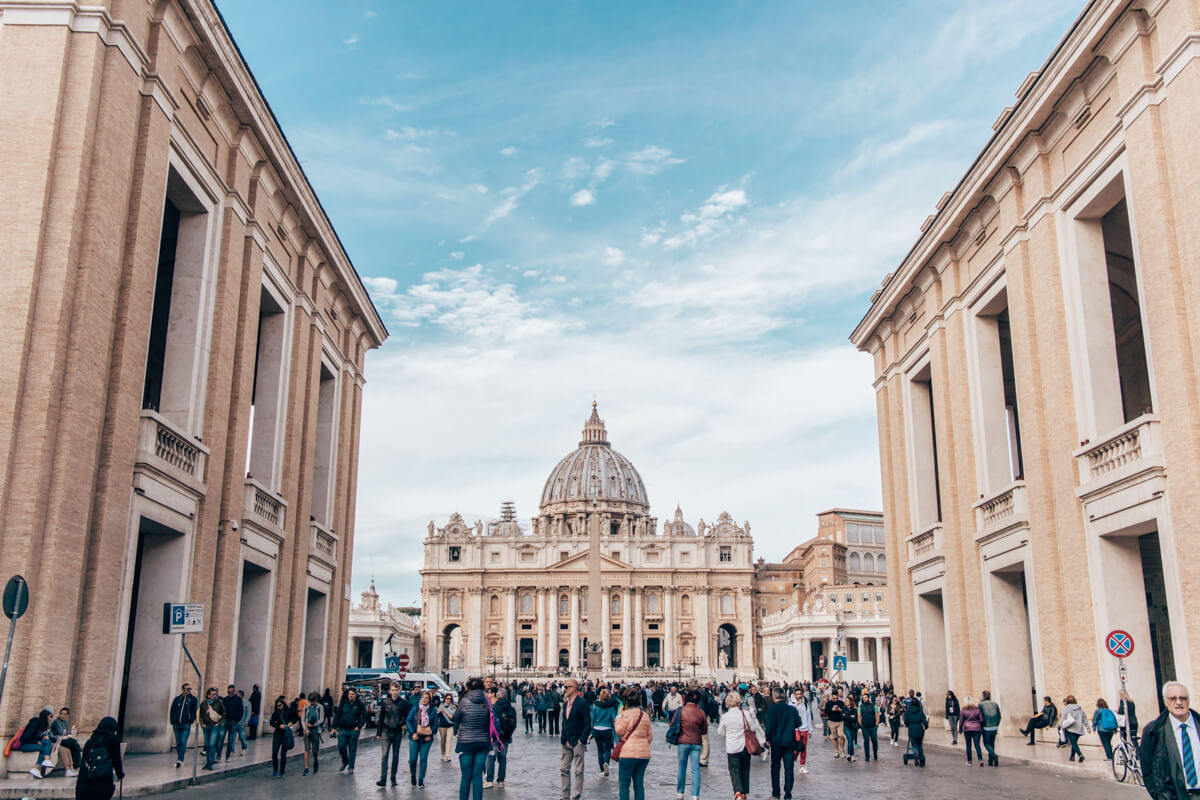
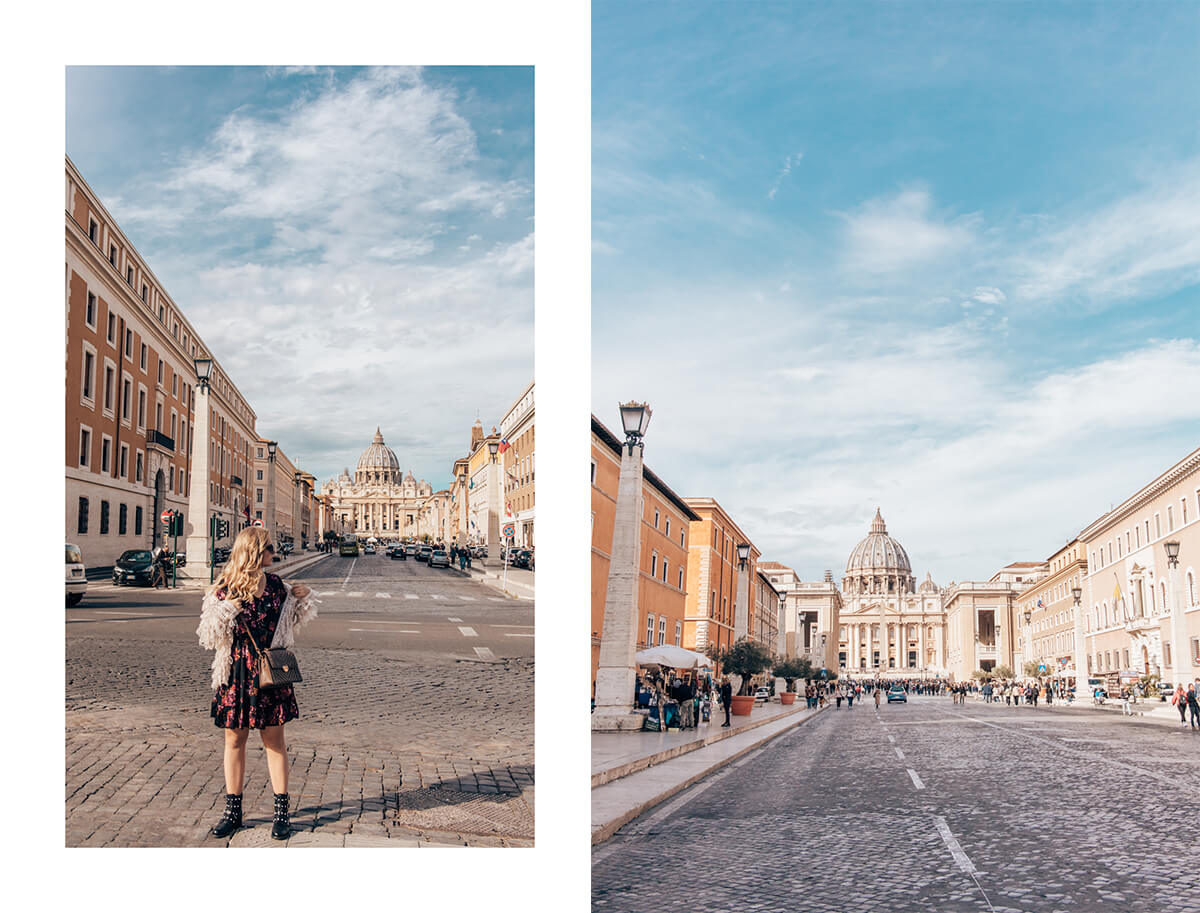
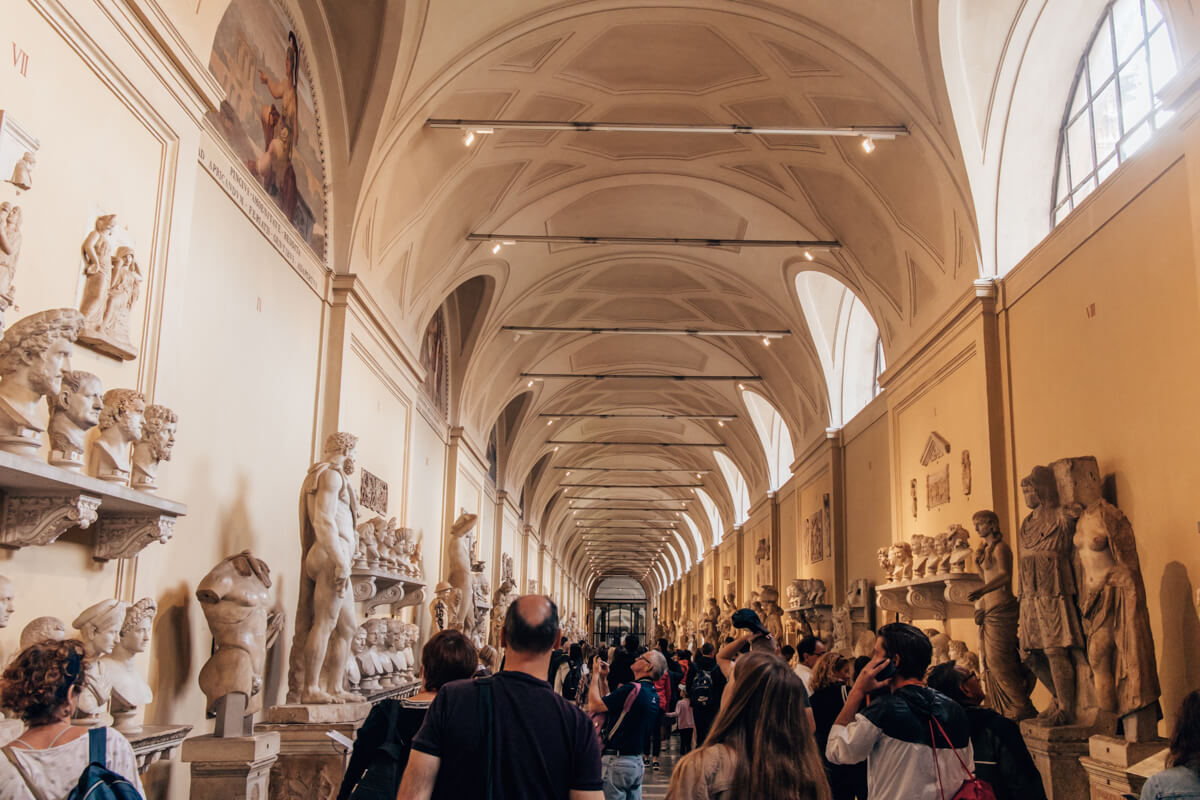
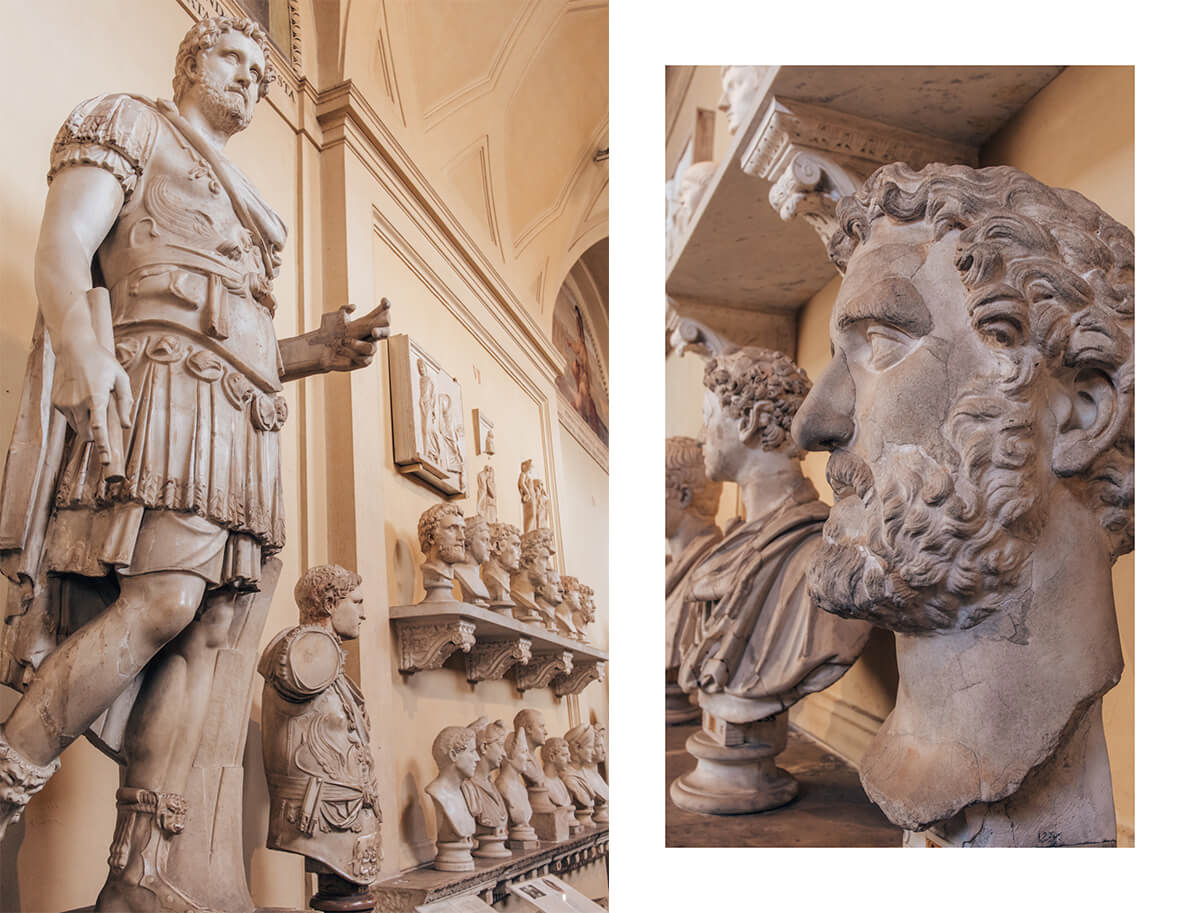
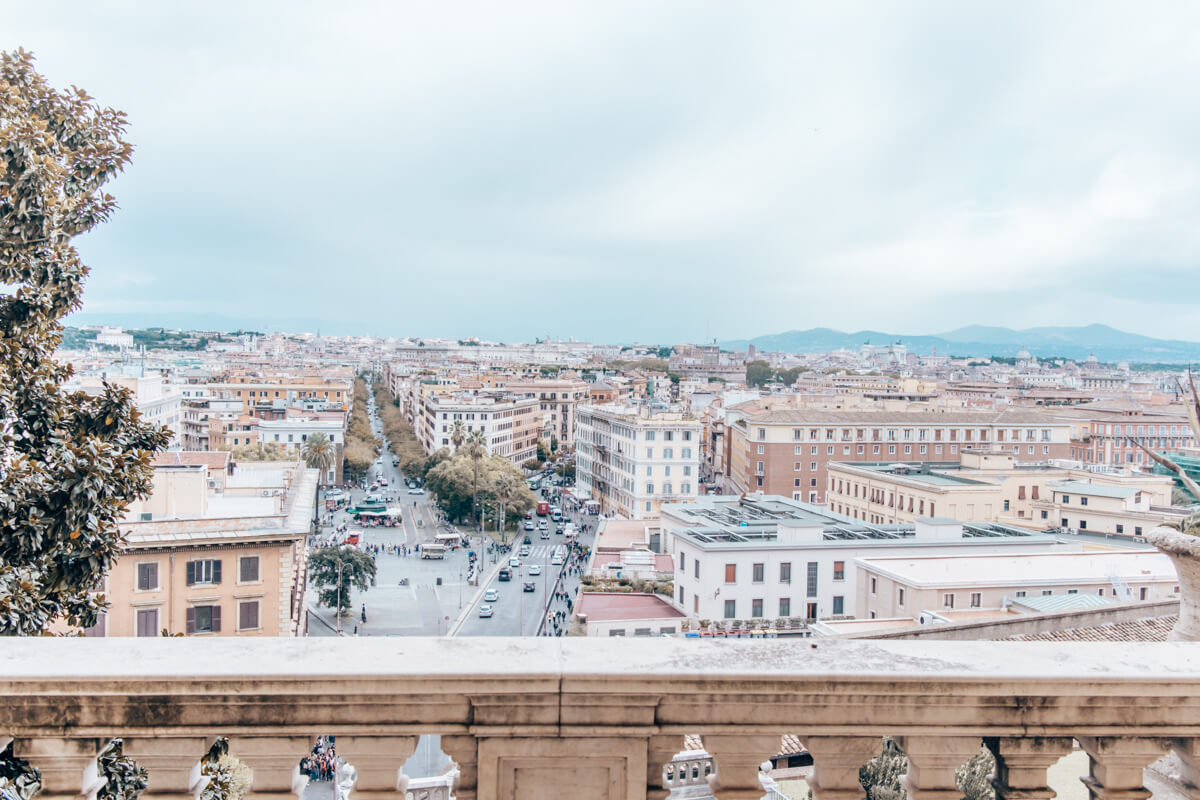
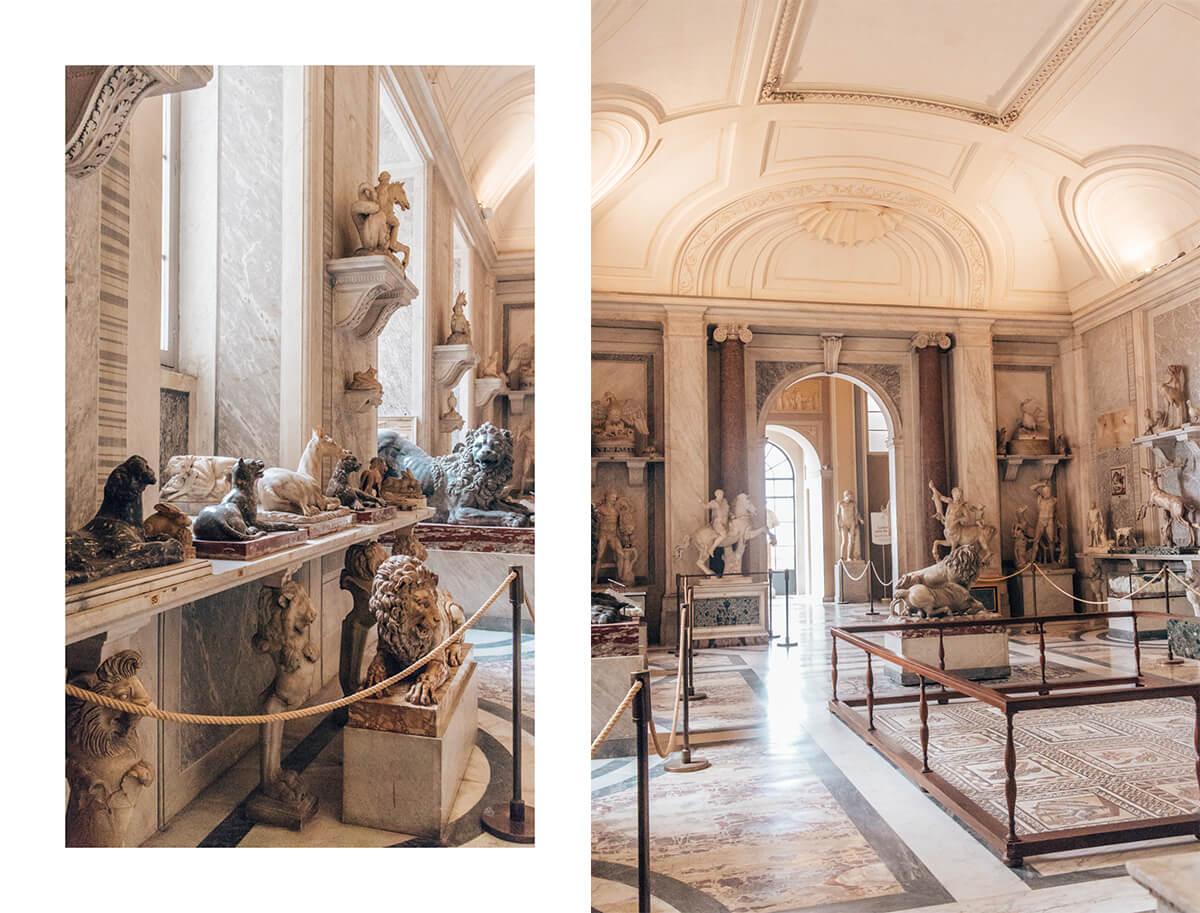
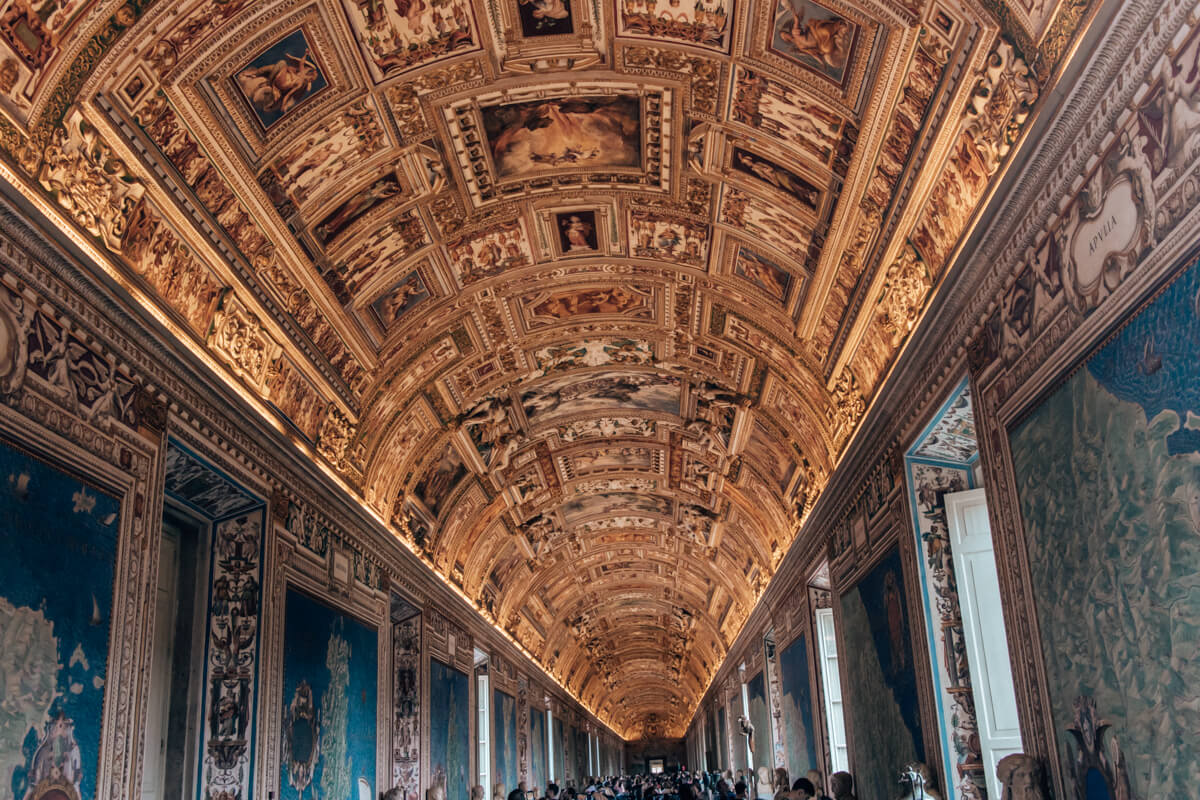
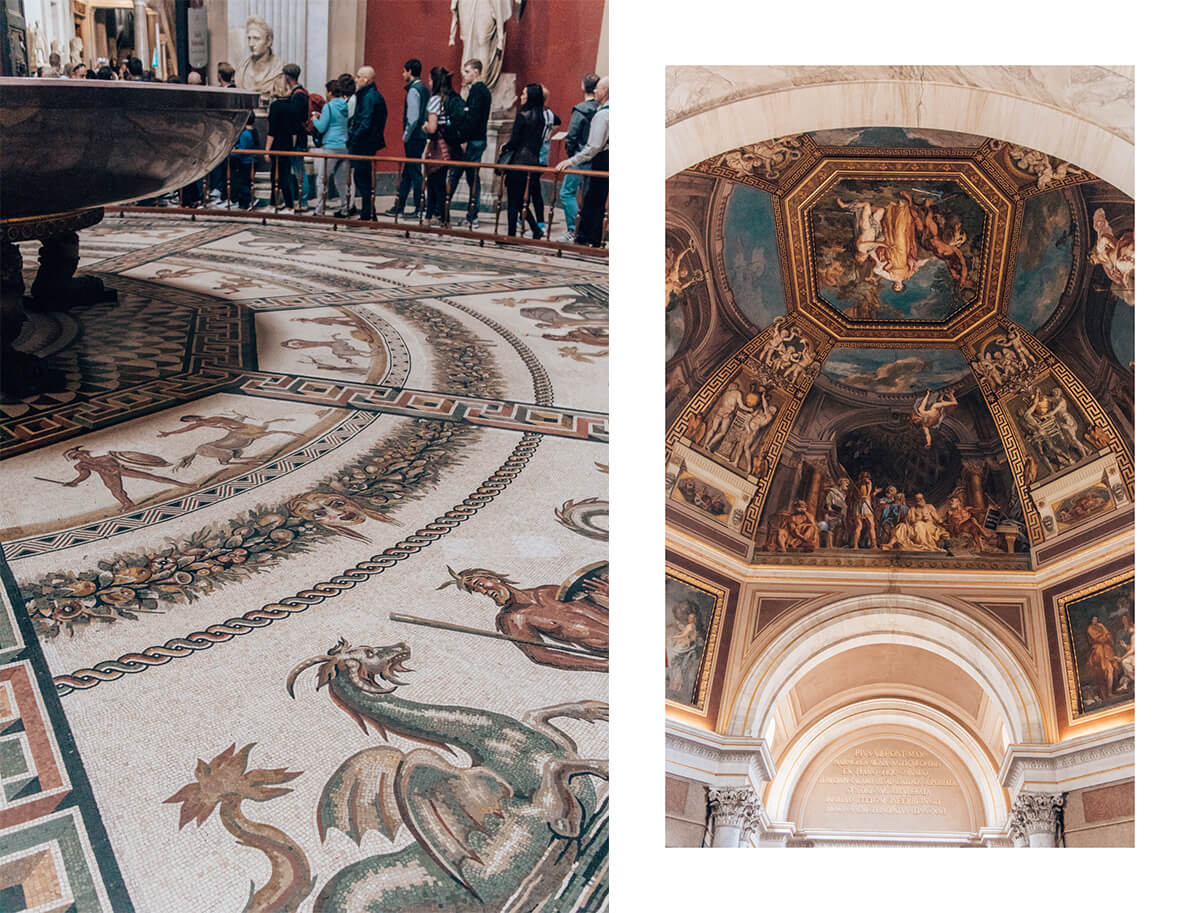
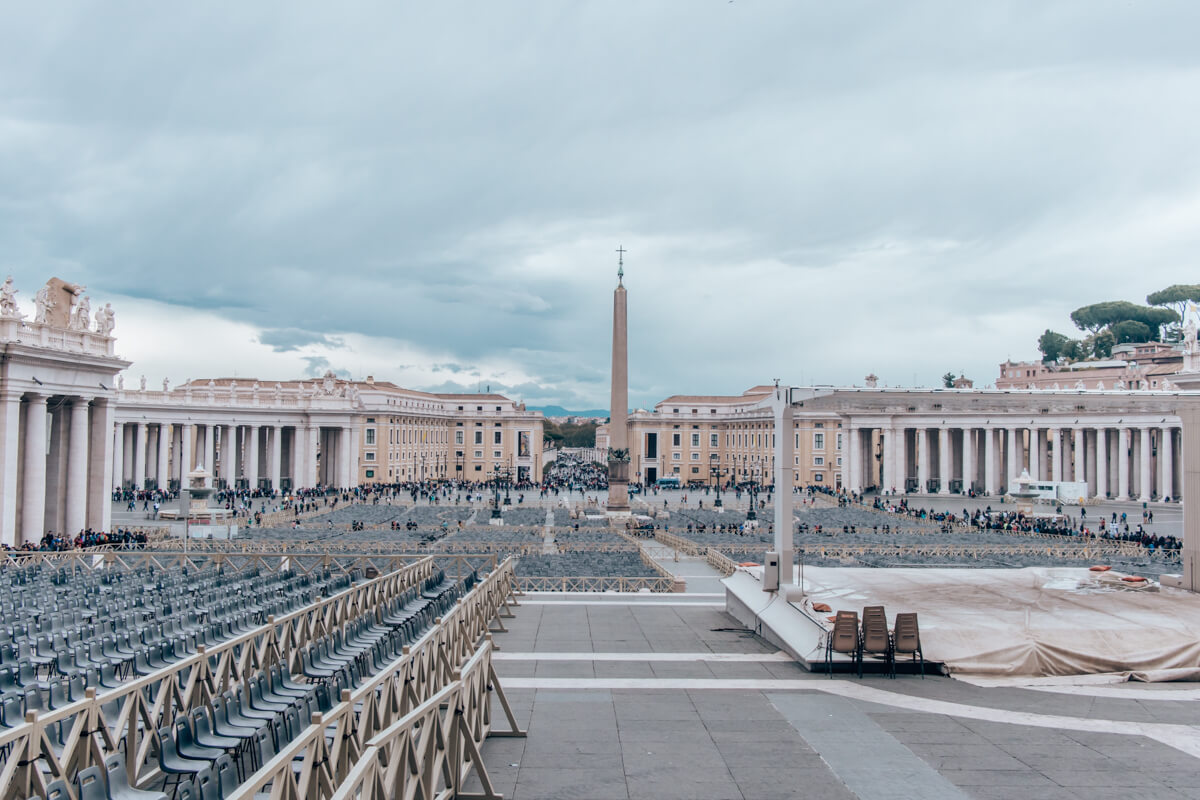
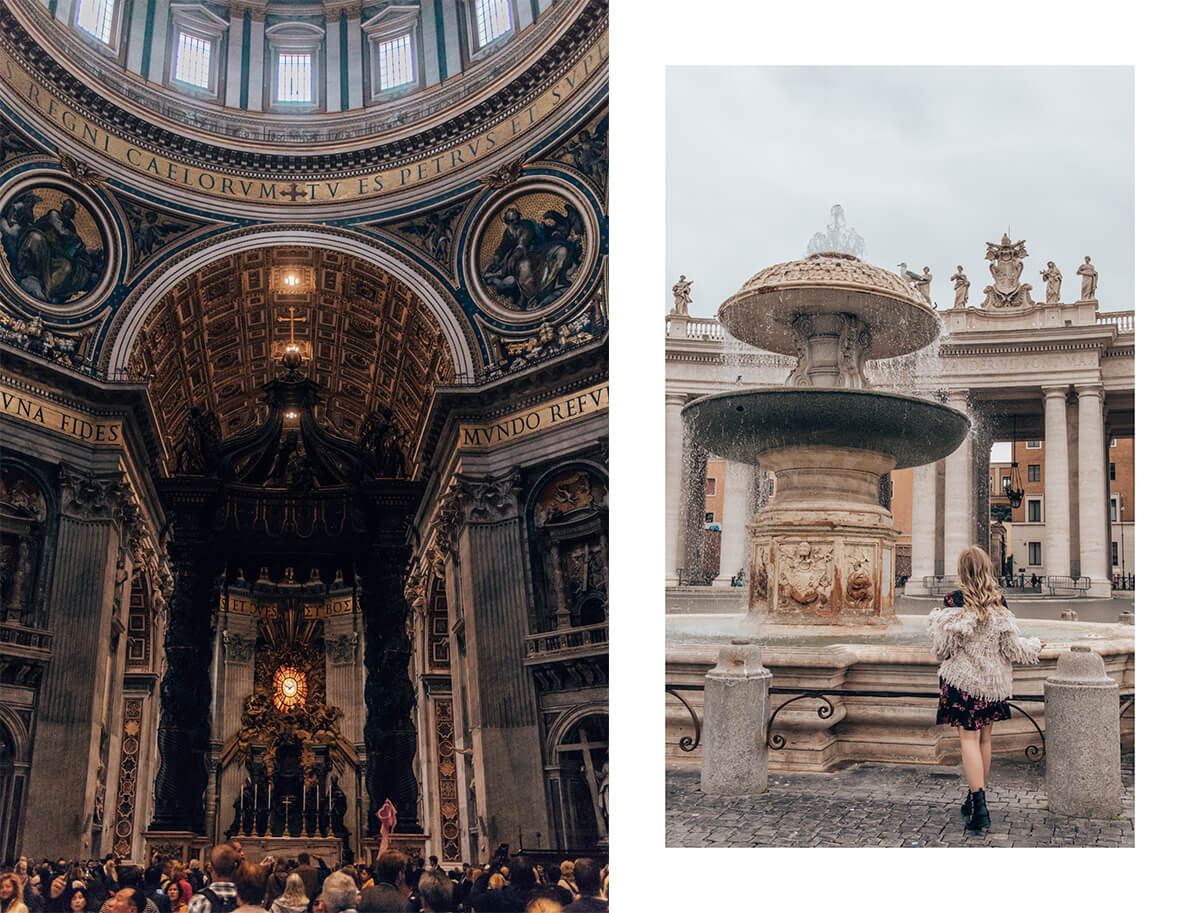
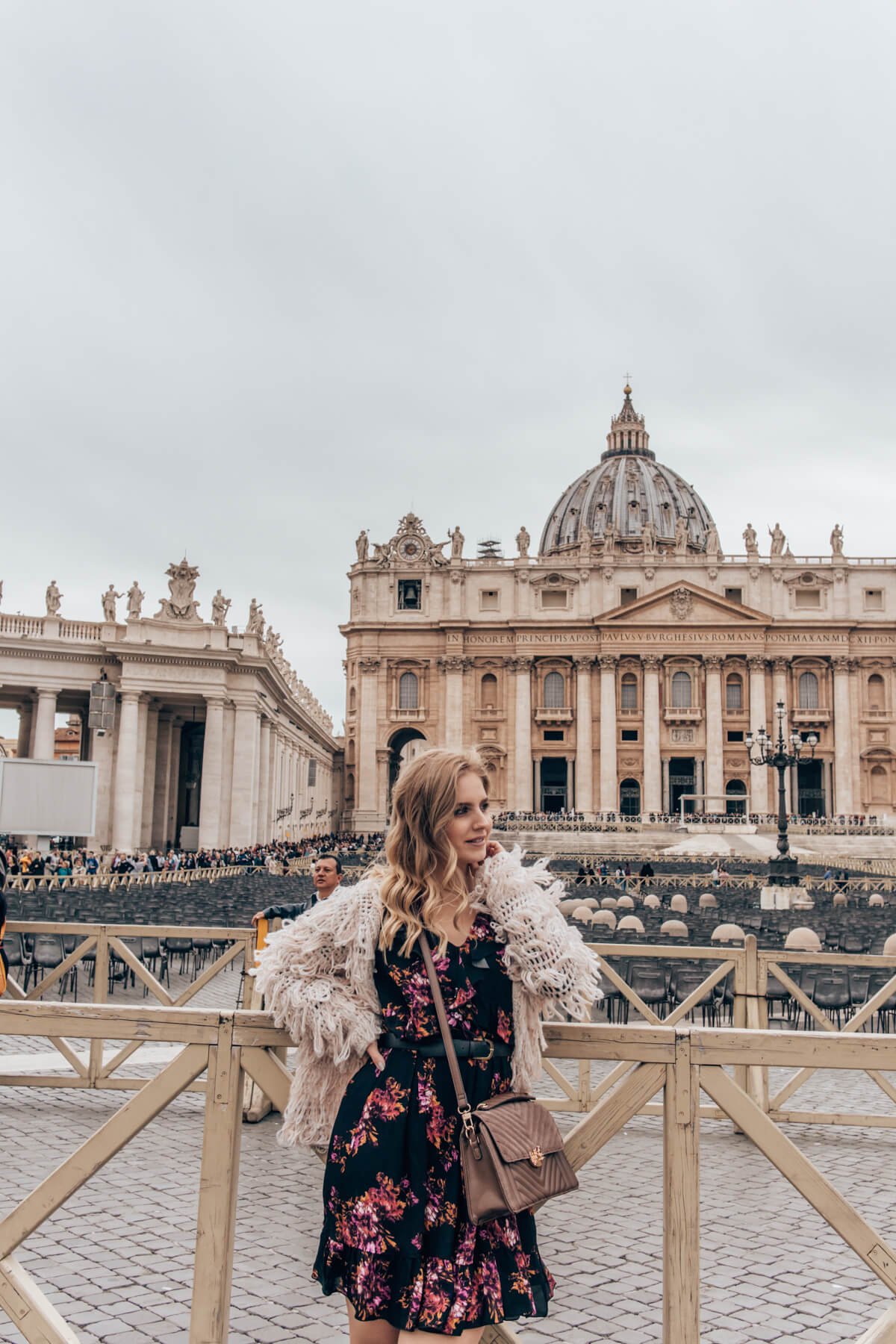
CASTEL SANT’ANGELO
Castel Sant’ Angelo (named after the statue on the top of the building) was built by the Roman Emperor Hadrian as a mausoleum for himself and his family and was later used as a fortress, even a prison and n now serves as a museum. It is located quite close to the Vatican.
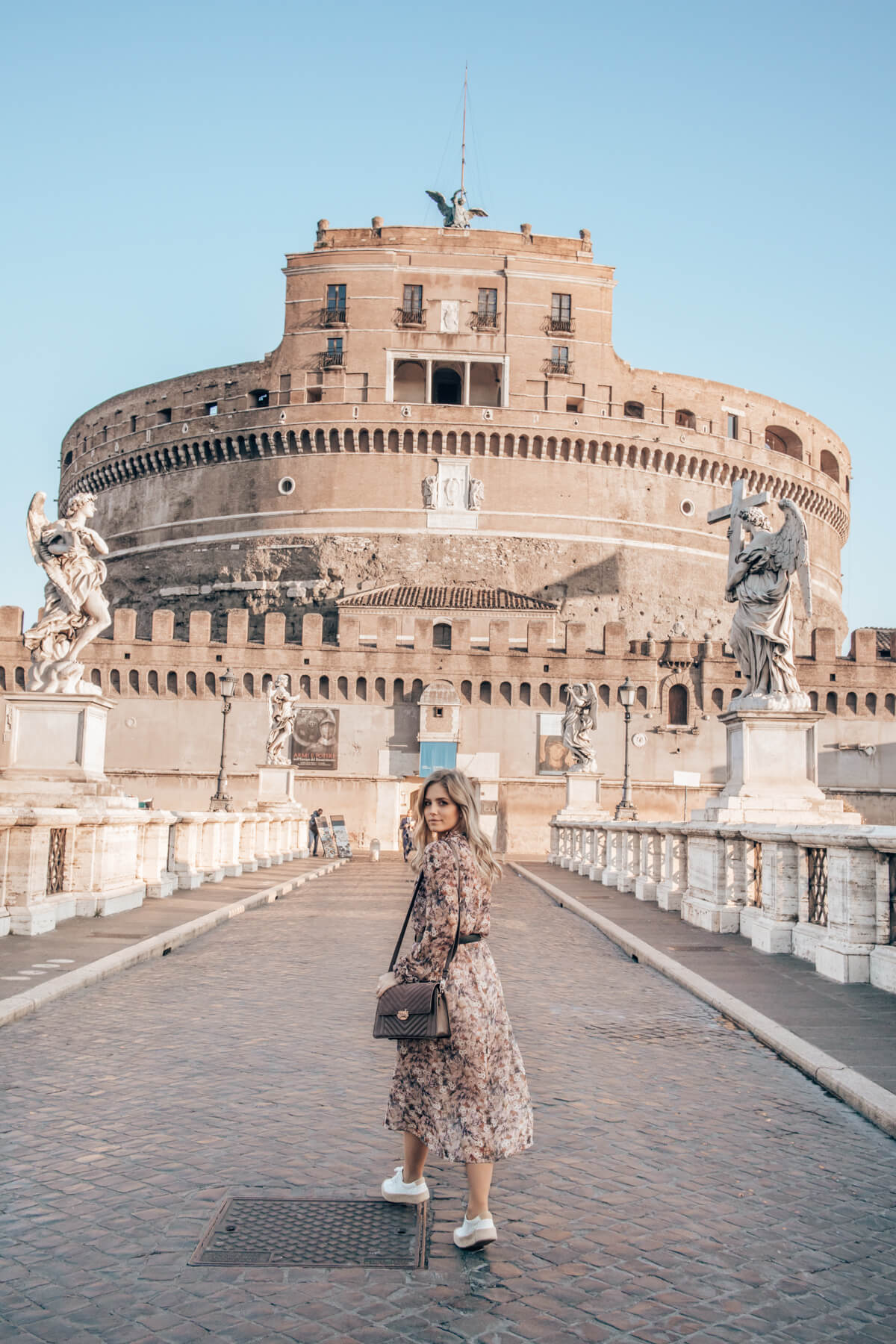
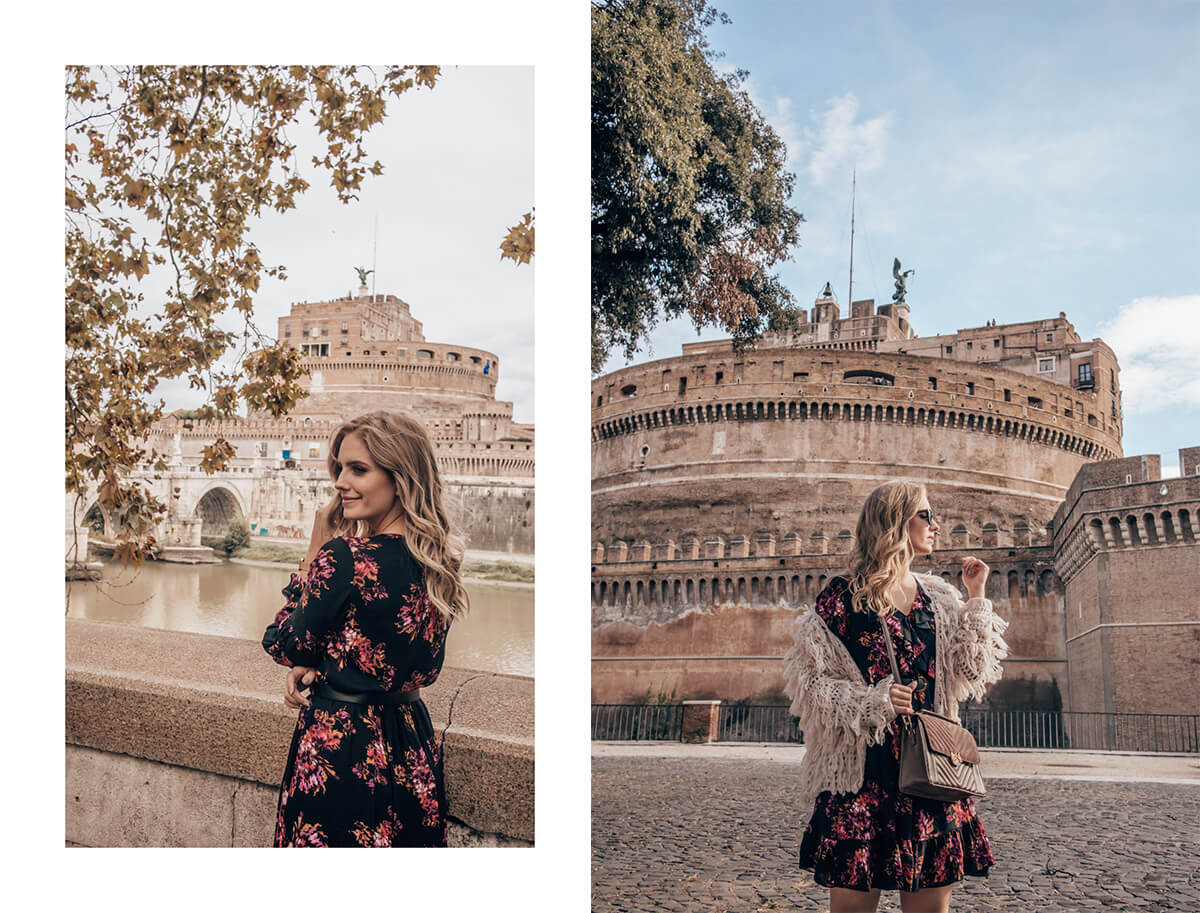
DAY 2
PANTHEON
The pantheon or the temple of all the gods is known for its large dome with a hole on top (through which light comes in) as well as the powerful pillars at the entrance. It was finished by the Emperor Hadrian, but it was built in the years 27-25 BC, intended to worship the Roman gods. Later, the Pantheon was converted into a church, serving as a mausoleum, where many Italian rulers and artist Raffaello are buried. It is considered to be the best preserved building from the ancient Roman era.
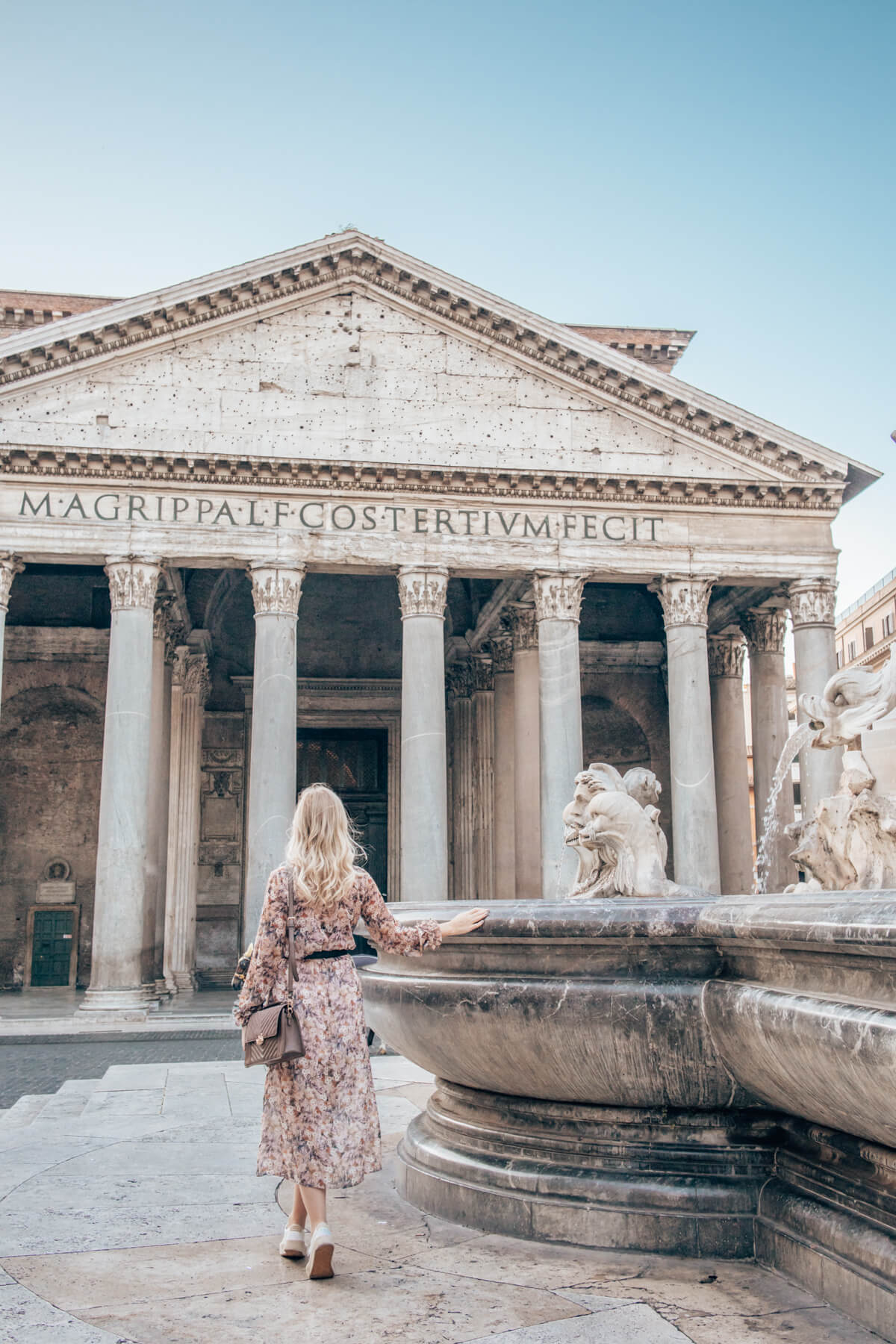
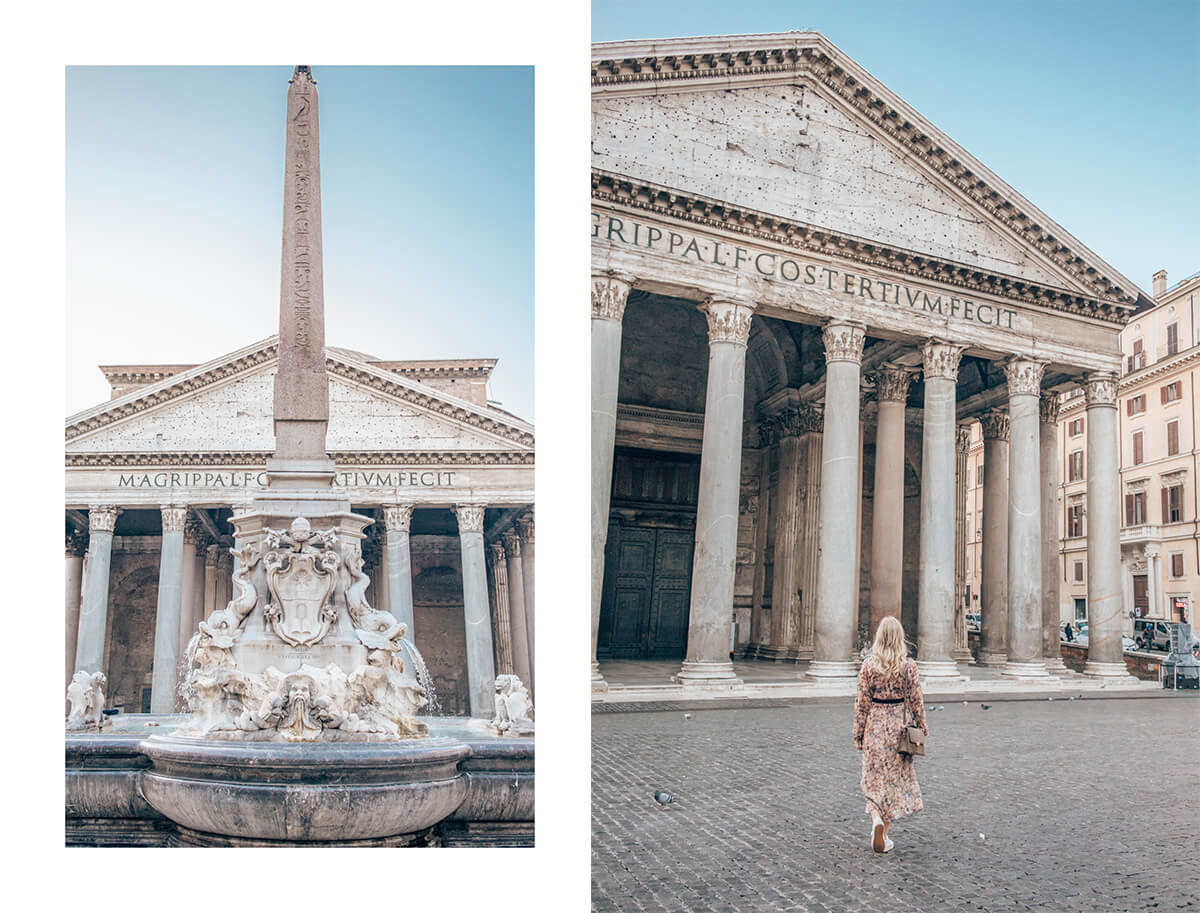
PIAZZA NAVONA
Piazza Navona is one of the most beautiful baroque markets in Rome with three fountains and astonishing buildings. The most famous Bernini fountain – The Fountain of the Four Rivers was built in 1651.
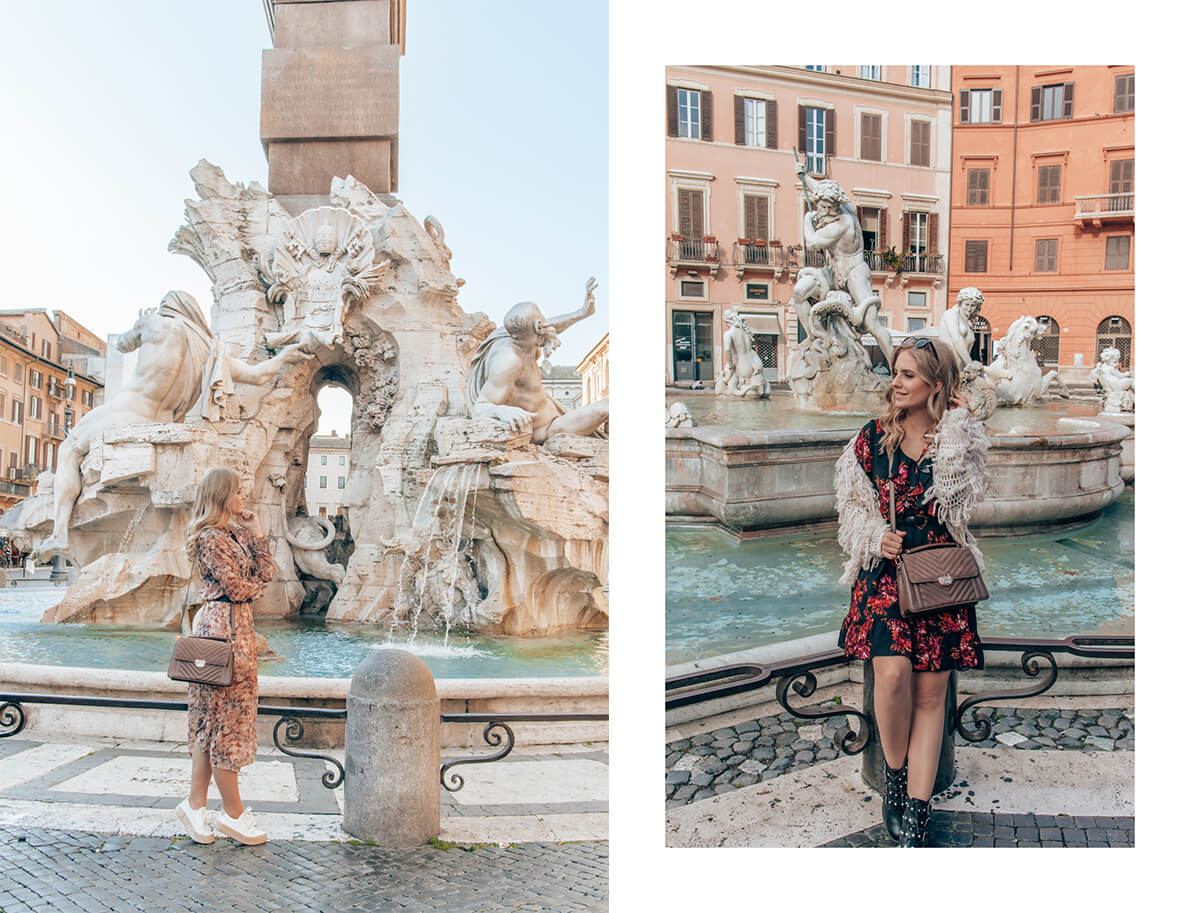
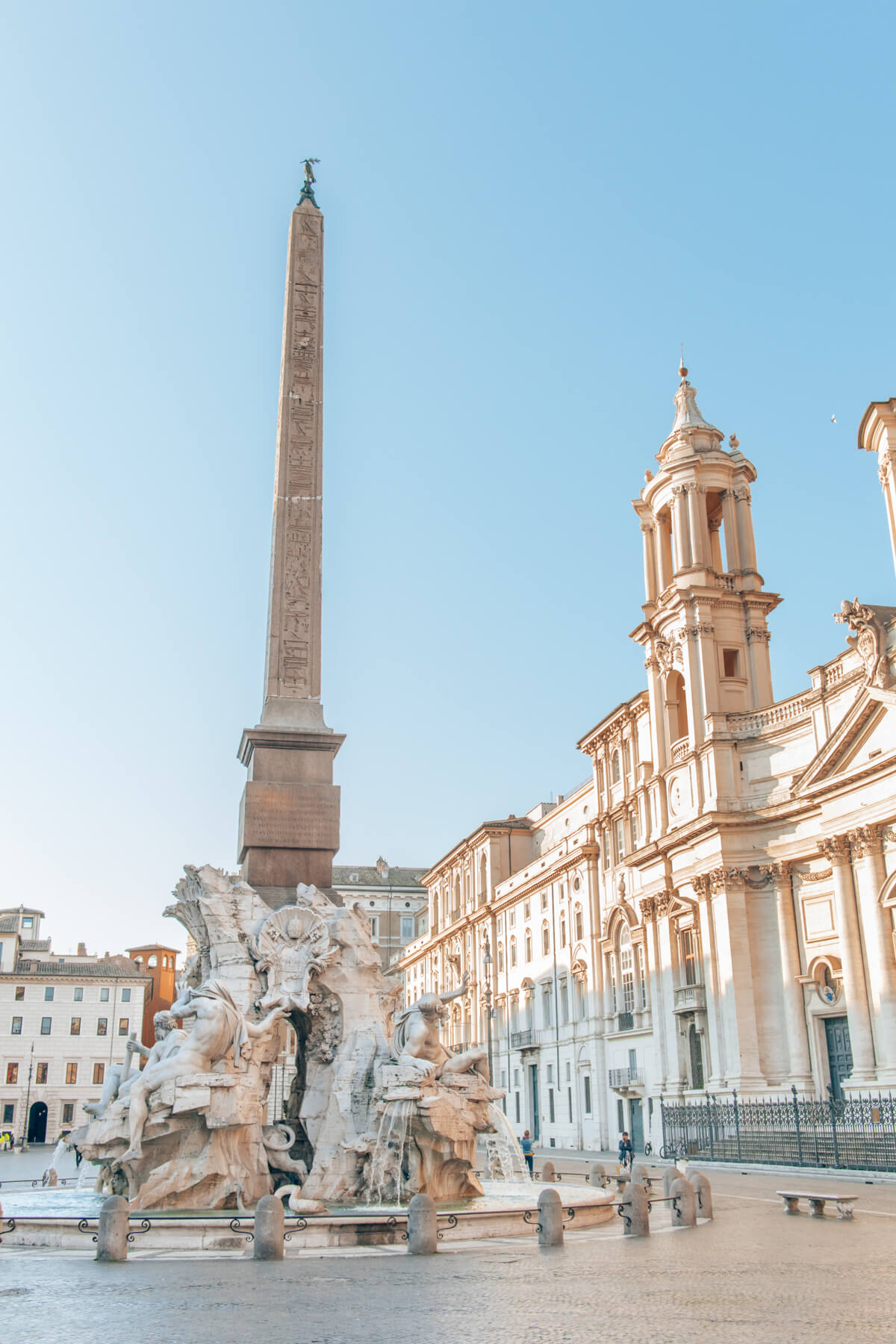
COLOSSEUM
Probably the most recognizable landmark of Rome (if not all of Italy) is the Colosseum, the largest Roman amphitheater, built between A.D. 70 and 80. It was known primarily for gladiatorial games and could hold as much as 80,000 spectators.
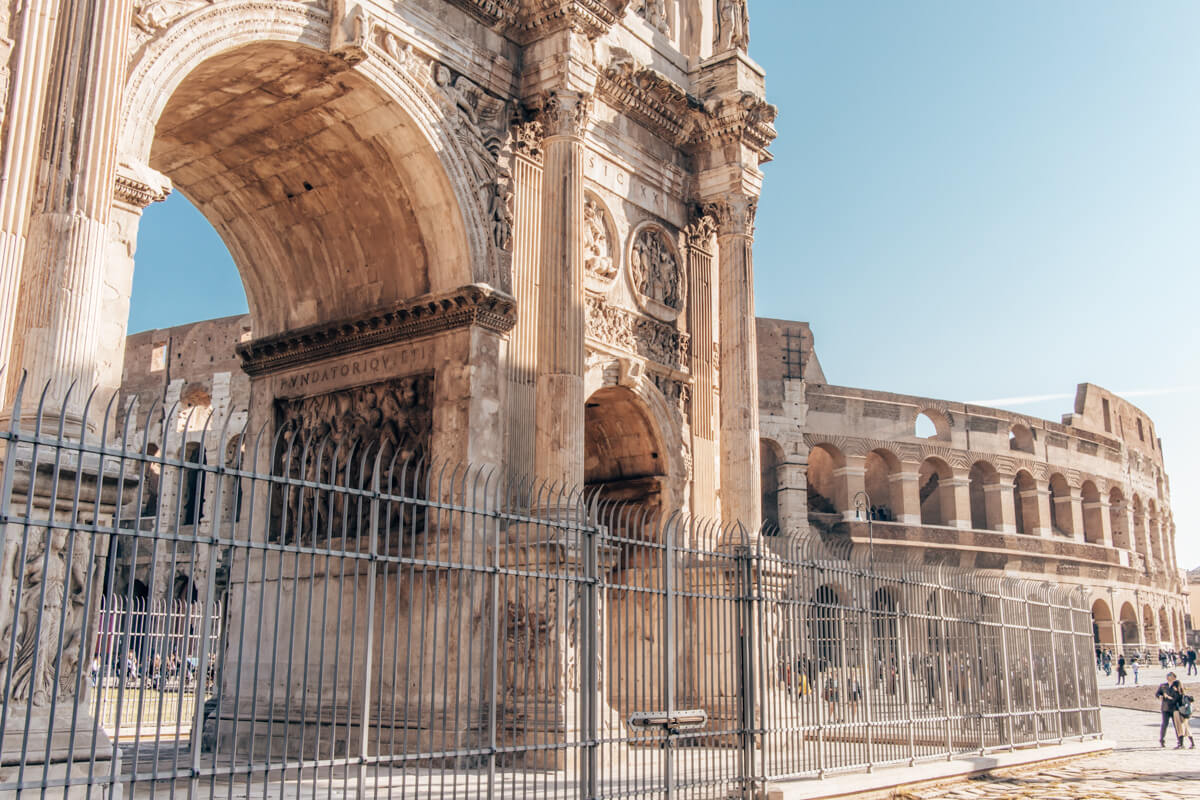
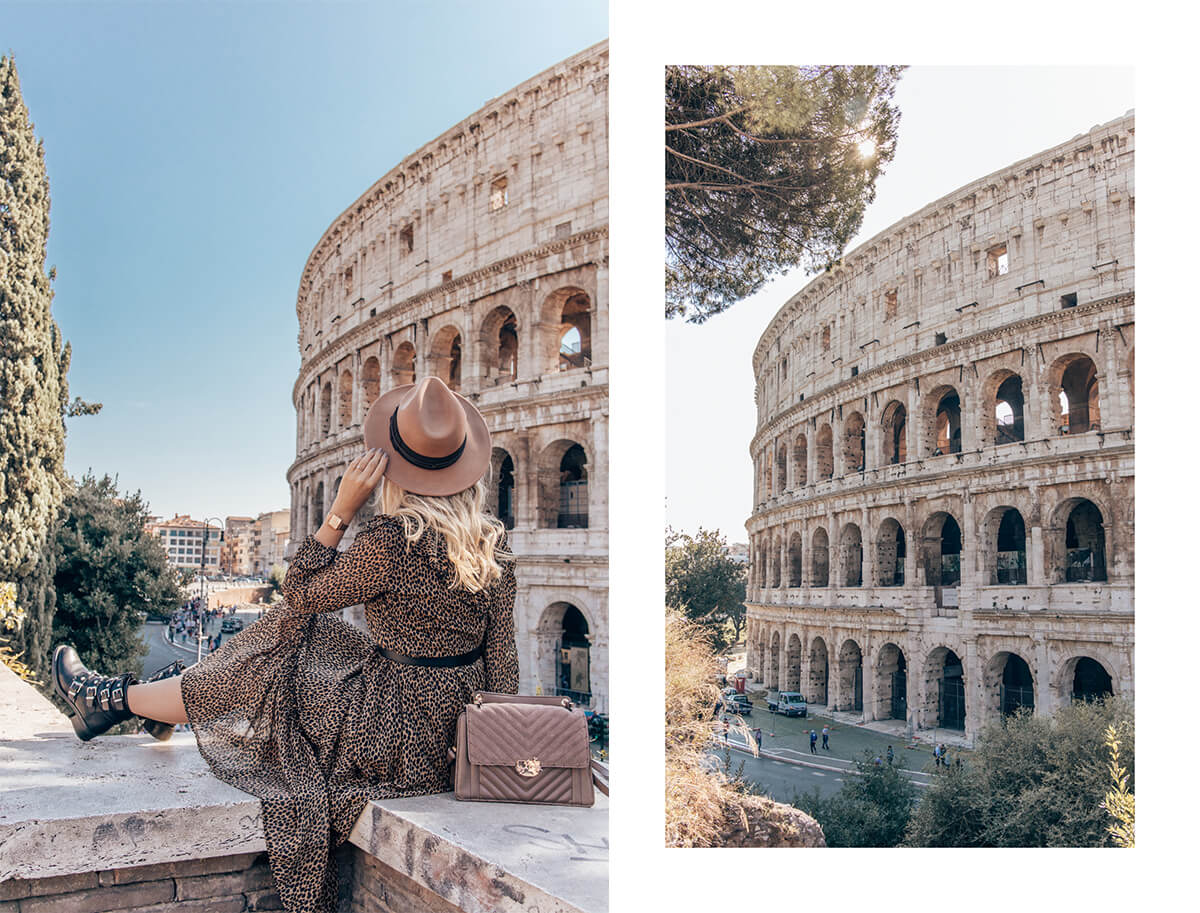
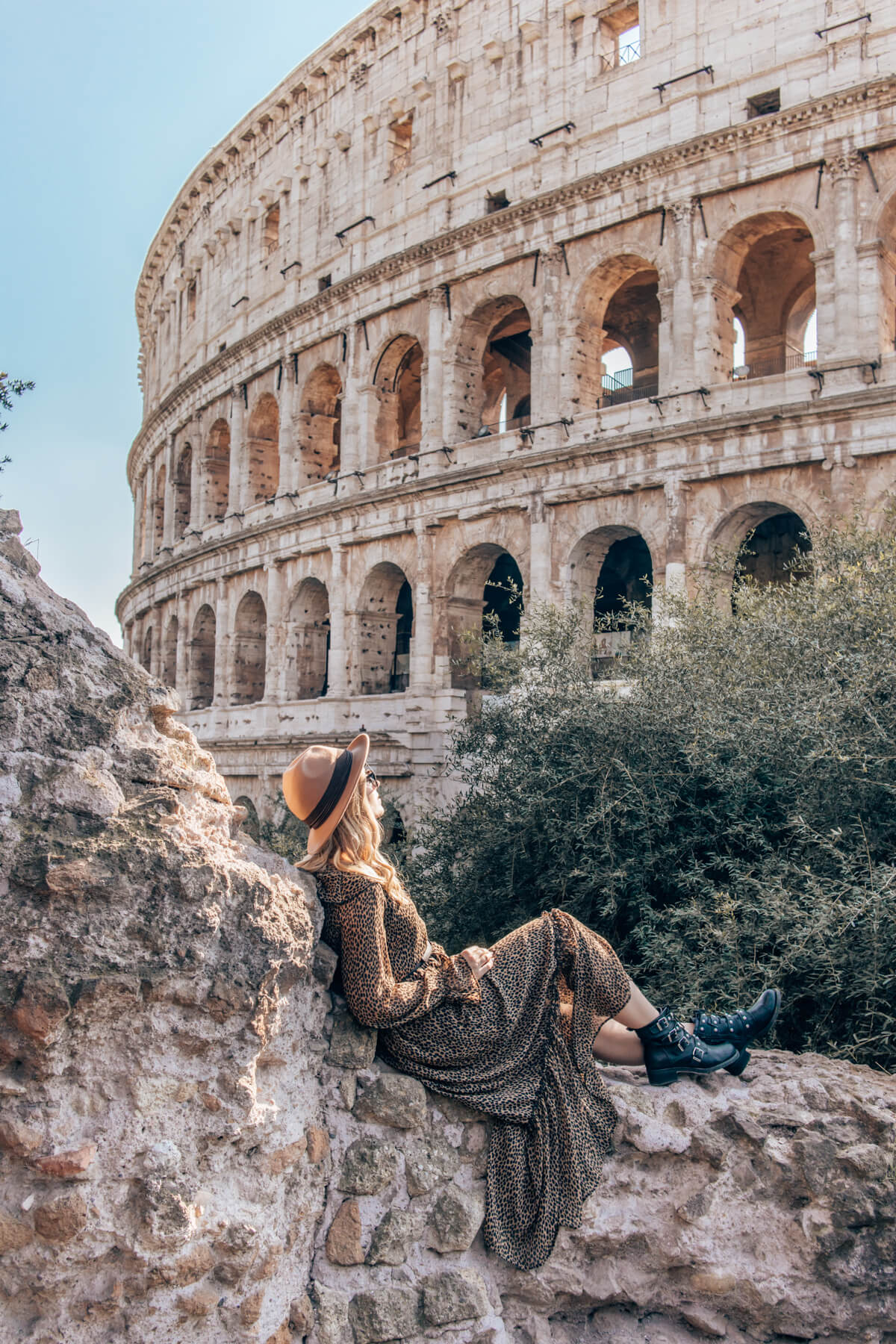
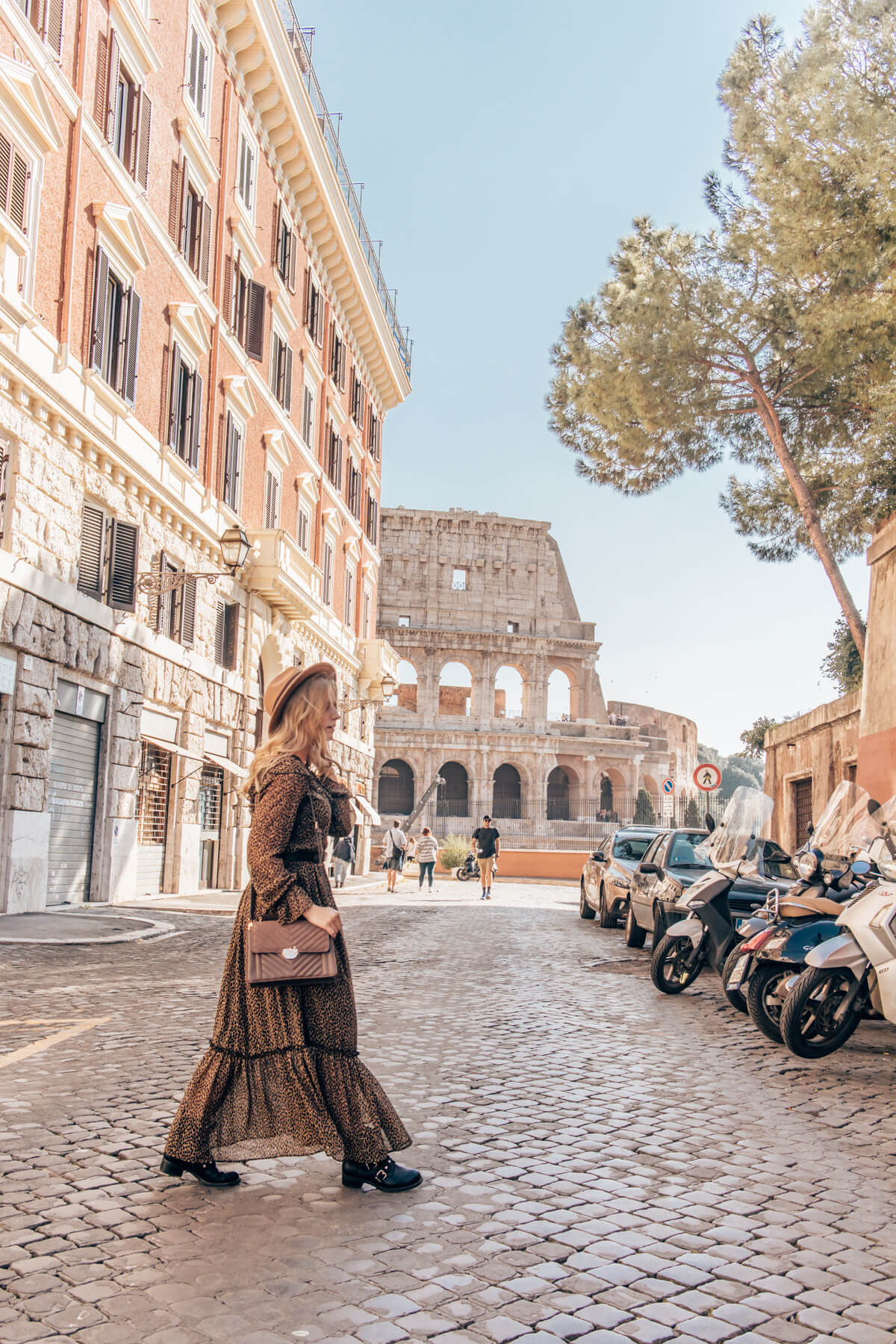
THE ROMAN FORUM AND THE PALATINE HILL
The Roman Forum and the Palatine Hill are considered to be the heart of the ancient Roman Empire, where there all the major political and business decisions were made. The large area of excavated Roman foundations, squares and government buildings is approximately two thousand years old.
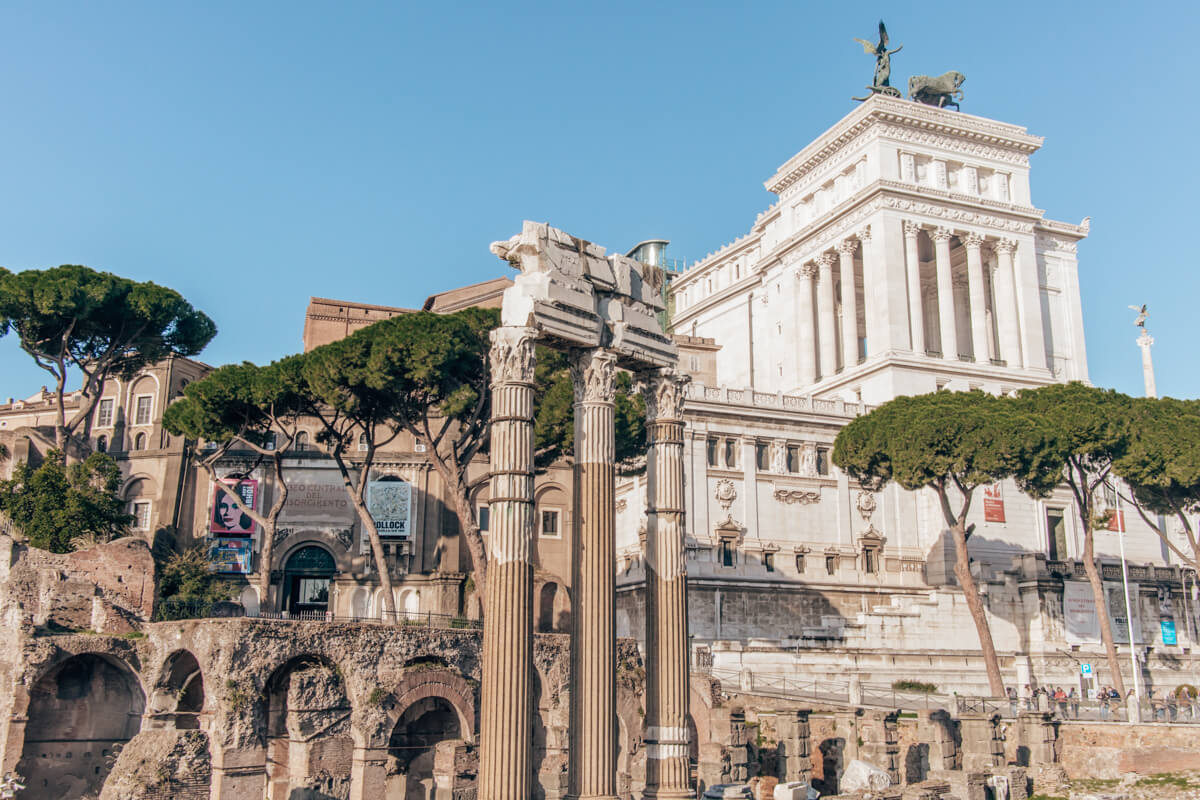
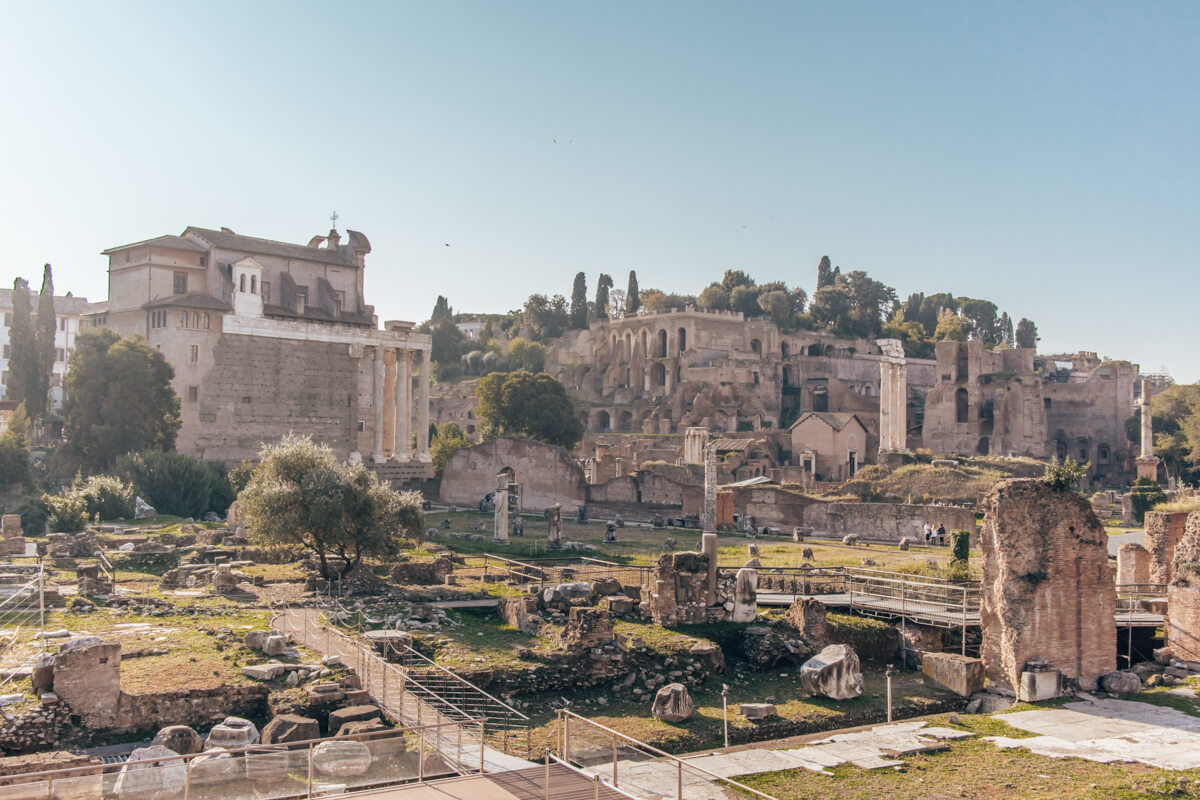
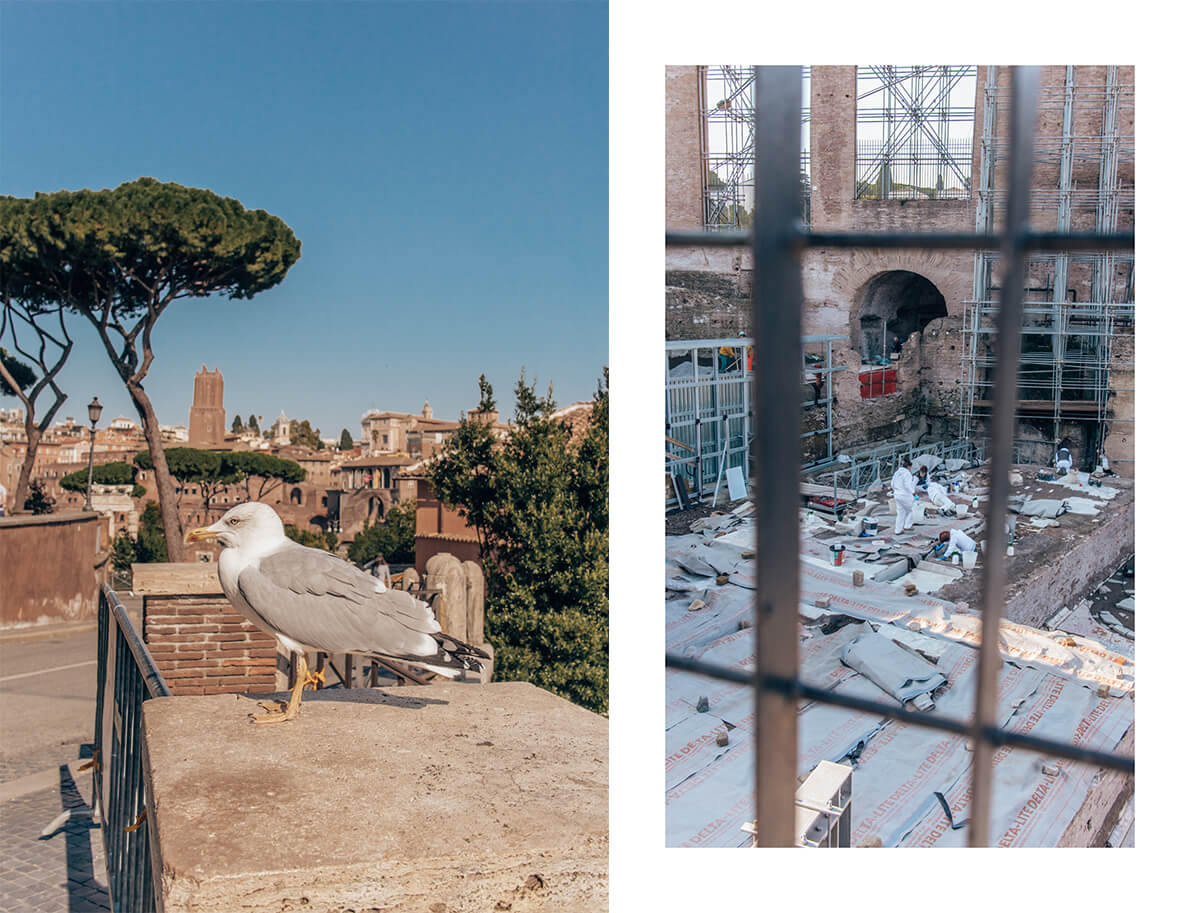
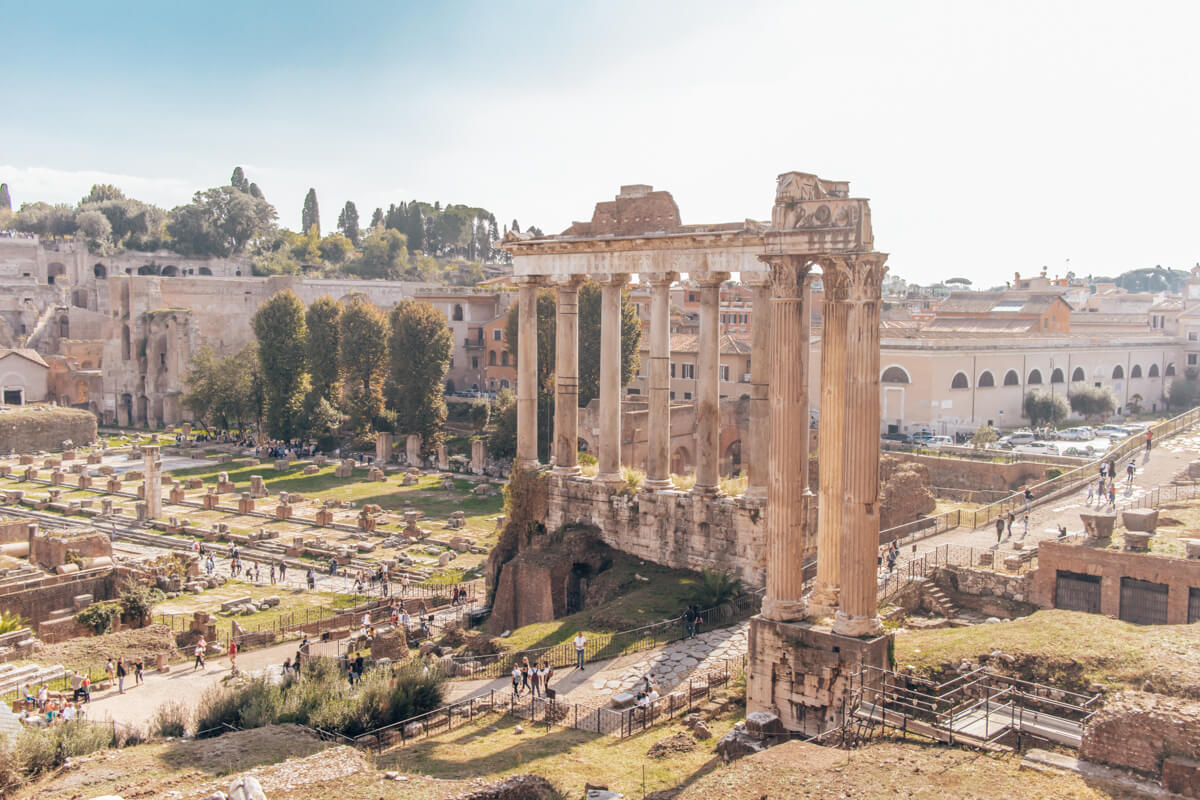
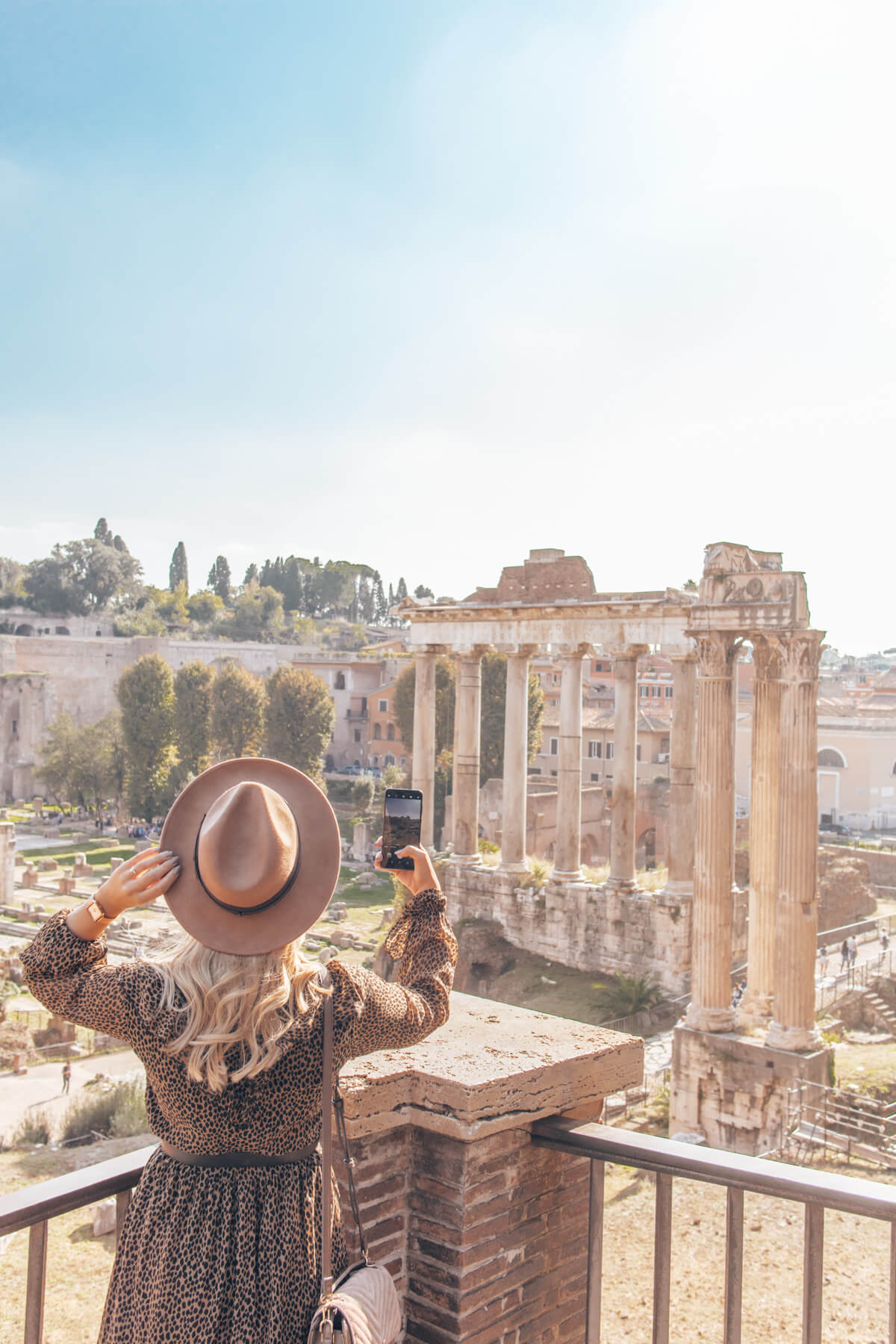
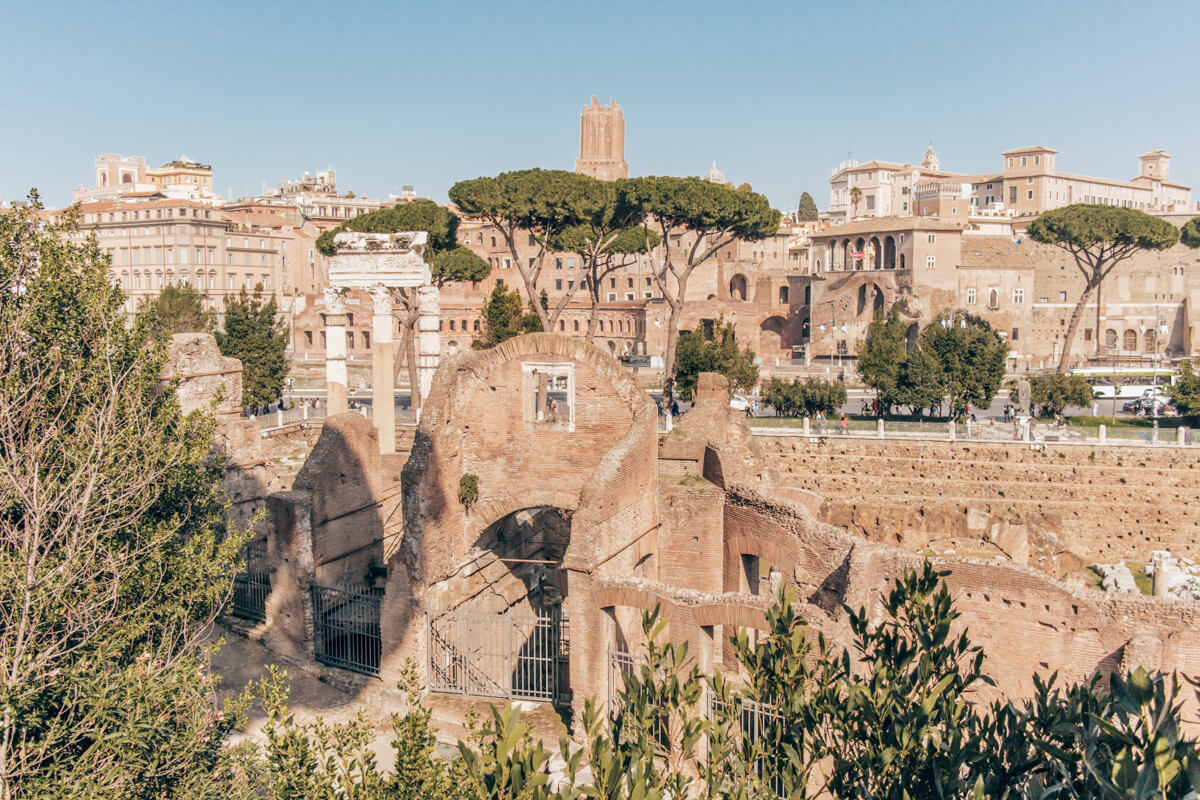
PIAZZA VENEZIA
Piazza Venezia or the Venetian square is the most important market in Rome and is considered as the center of the entire city. The most important streets and roads lead to the square: Via 4 Novembre, Via del Plebiscito, Via del Corso and Via dei Fori Imperiali. We enjoyed a truly magnificent sunset and a view of Rome there.
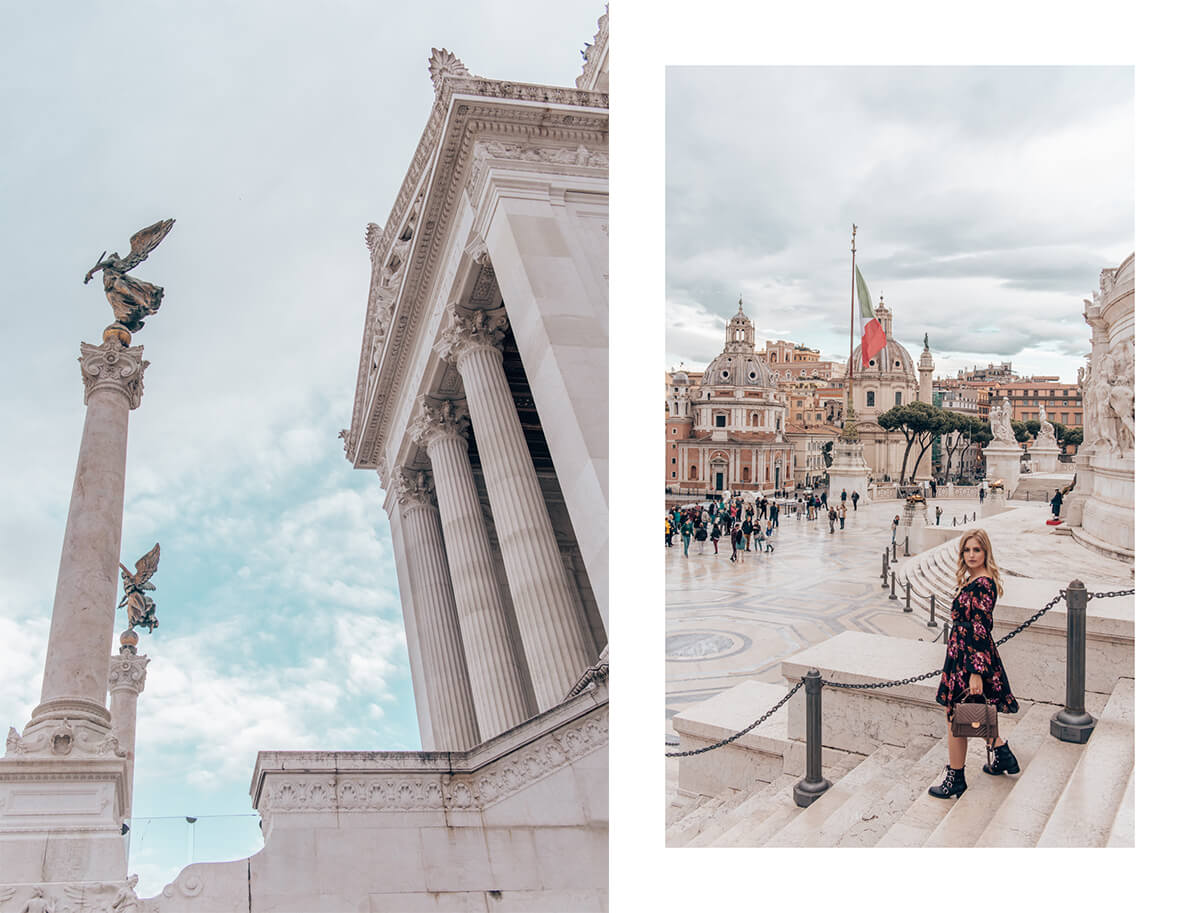
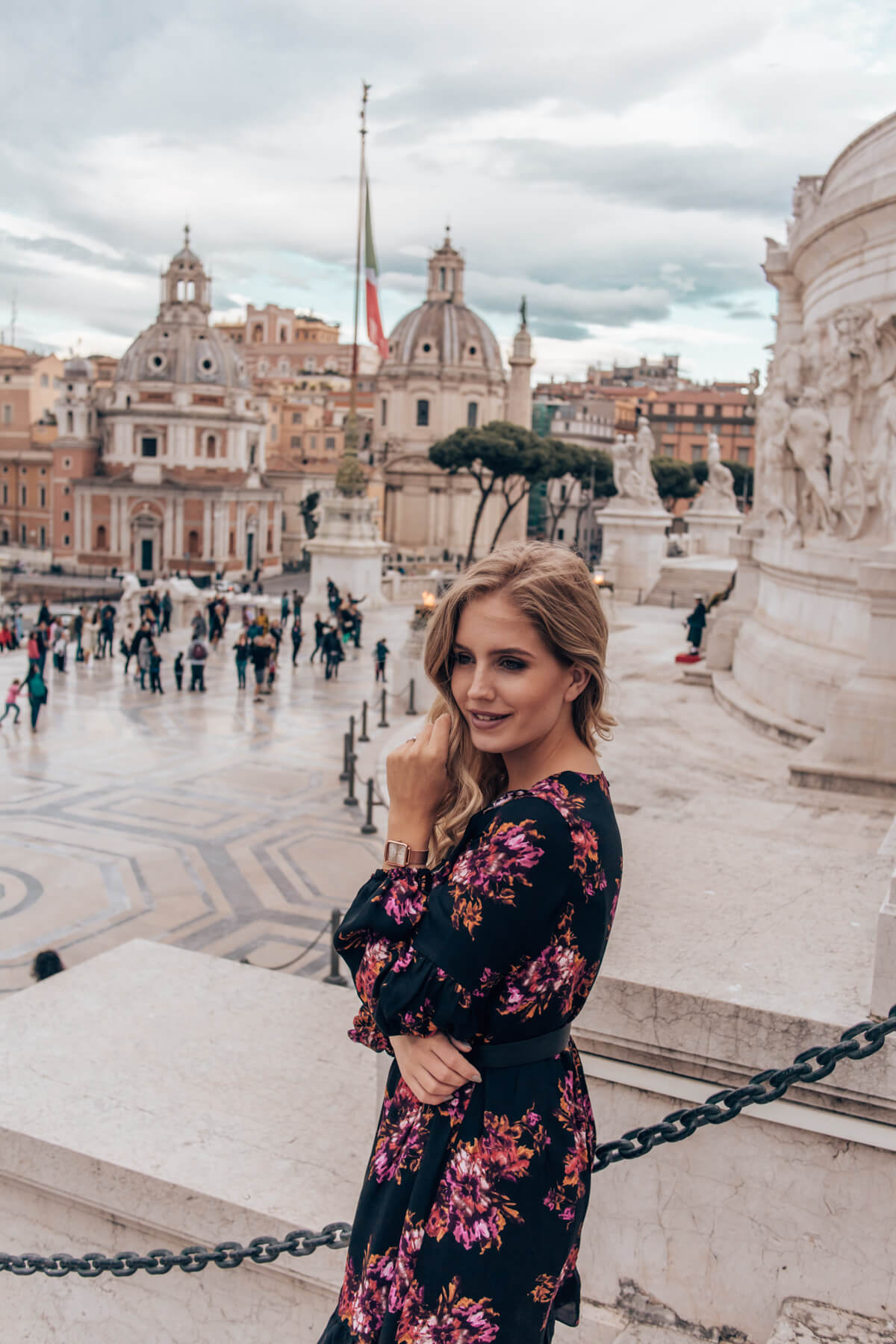
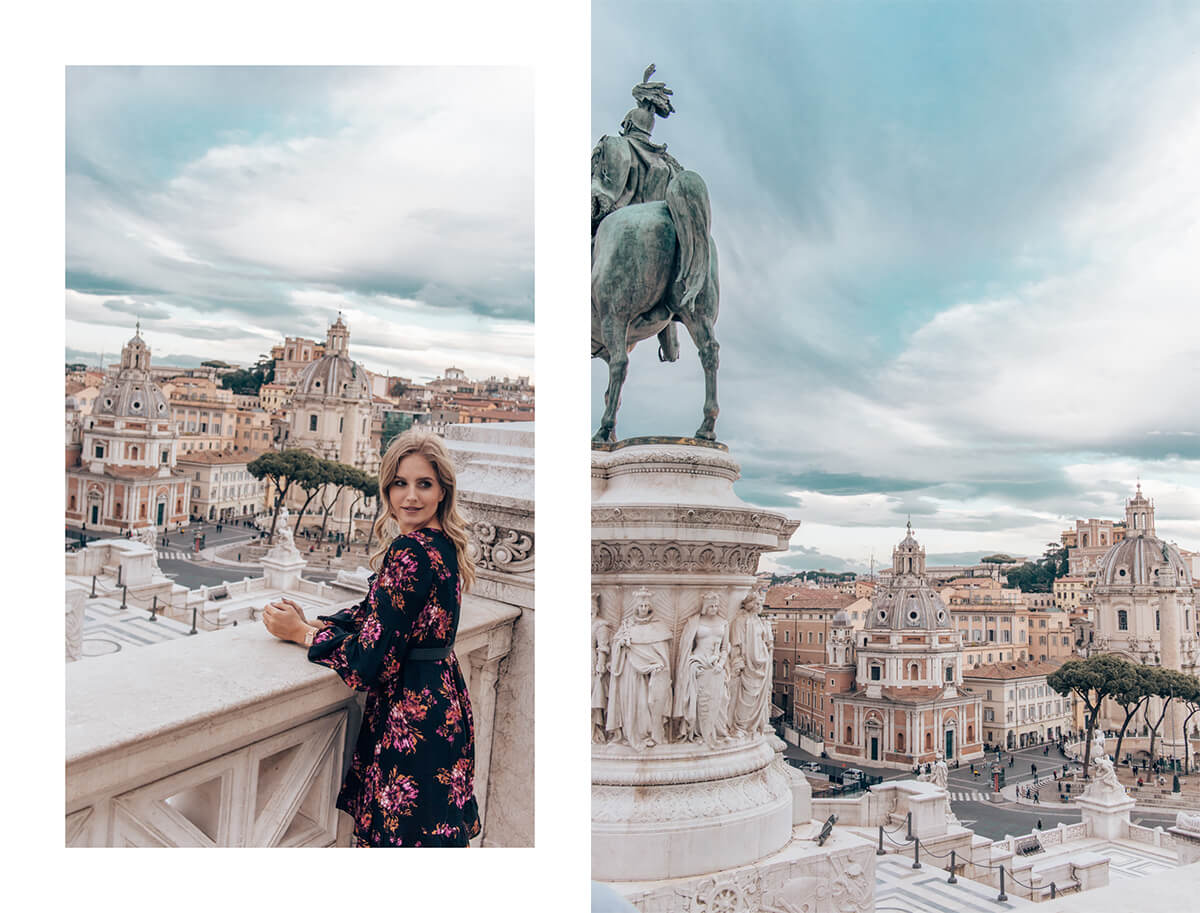
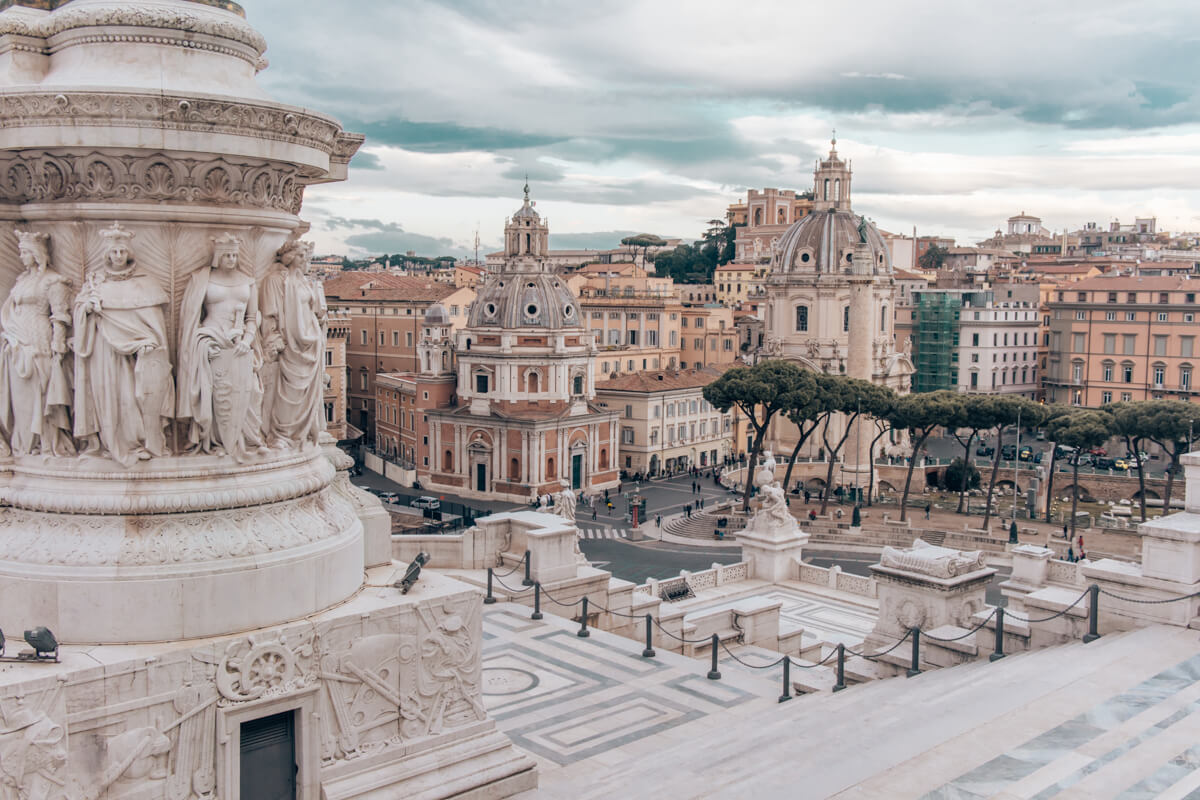
DAY 3
SPANISH STEPS
138 stairs built in the 18th century are considered to be the widest staircases in Europe. Since then, they have been serving the city as a trendy gathering place for socializing and they became extremely popular after the 1953 movie Roman Holiday, featuring Audrey Hepburn.
photo missing
FONTANA TREVI
Finally, flip a coin into the Trevi fountain and make a wish. The Trevi Fountain is another landmark that has been seen in various films. Three Coins in the Fountain from 1954 created three myths for three coins in a well – if you throw one, you will return to Rome; if you throw two, you will fall in love with the Italian; if you throw three, you will be marry them. Well, I threw one. With the right hand over my left shoulder. Every day people throw around 3000 € into Fontana di Trevi, which accoutns to over a million euros annually and since 2007 the city of Rome donates the money for a good purpose. A tip for a perfect photo is to visit the fountain before 9 in the morning during the week.
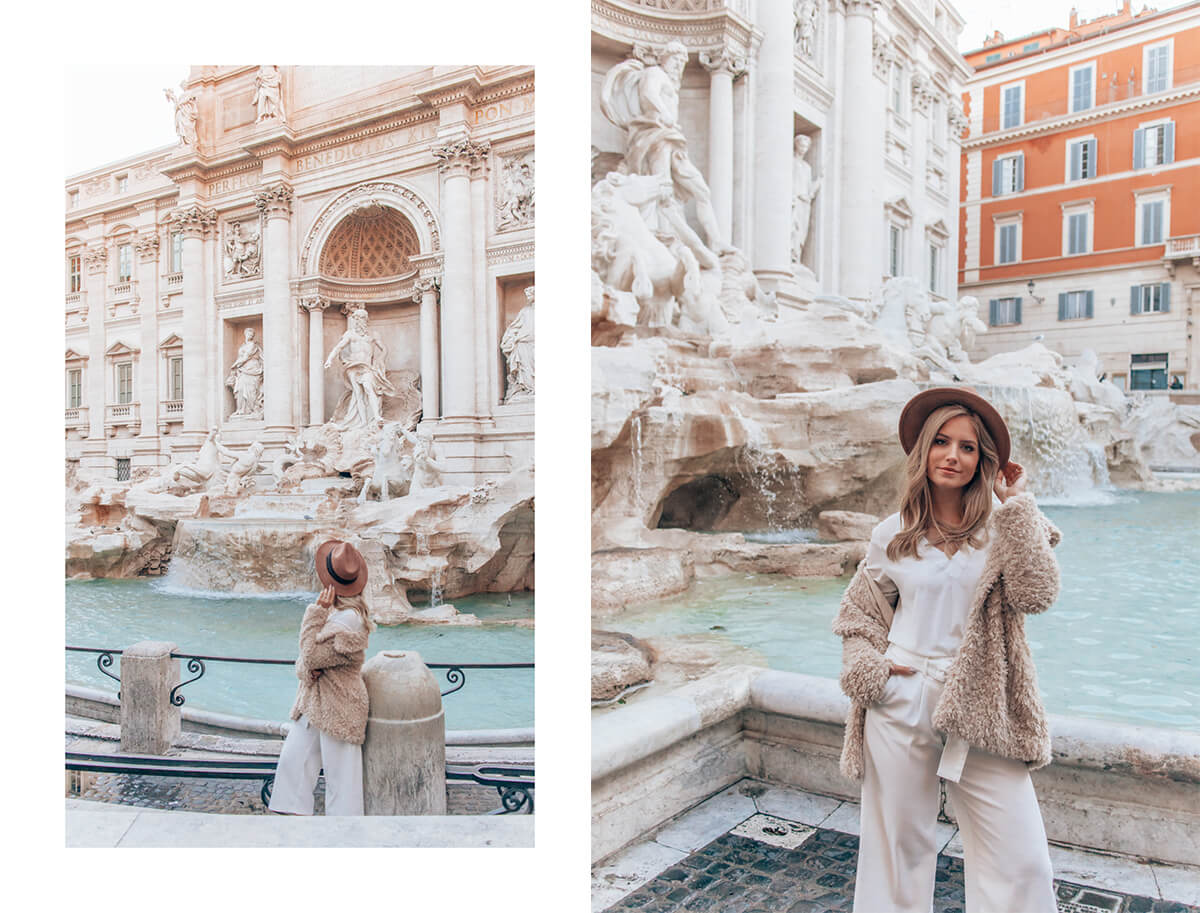
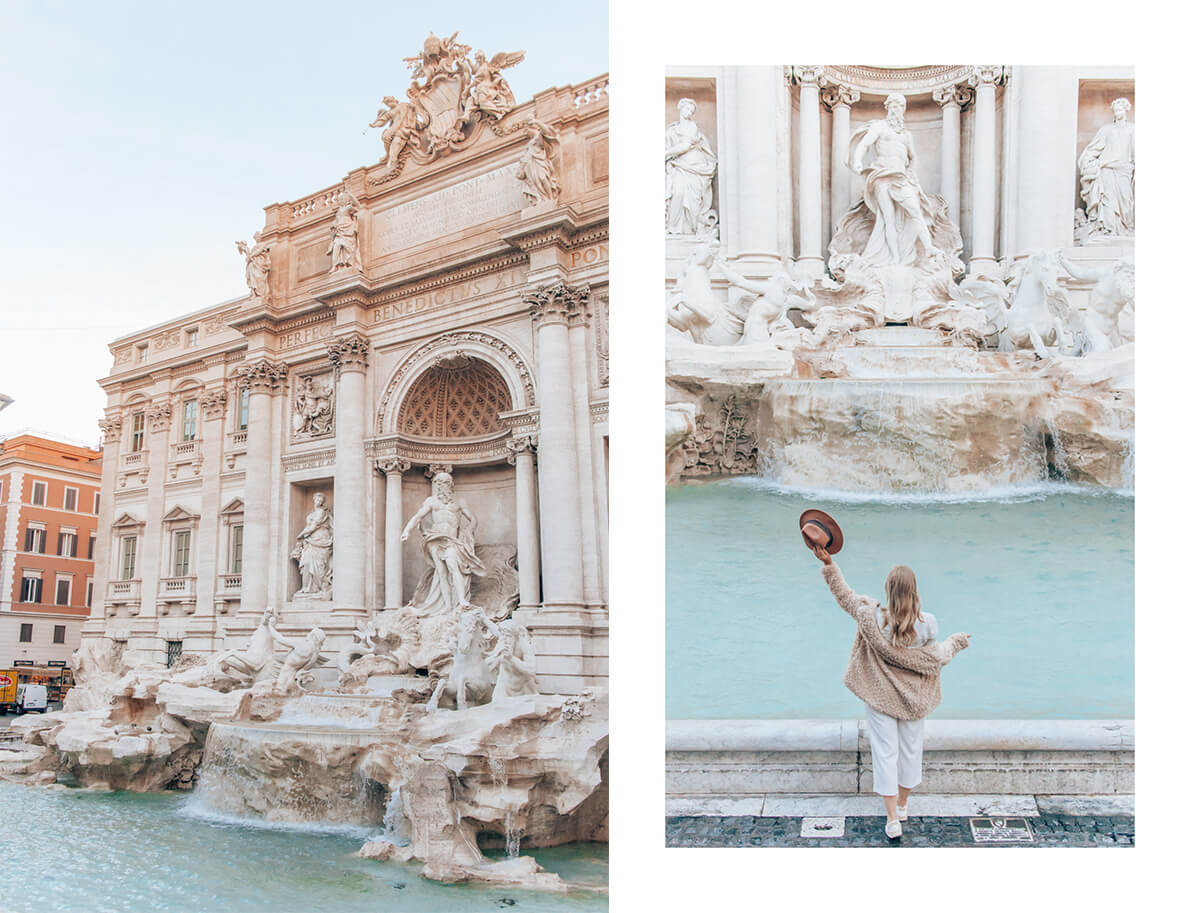
Rome is a city that fascinates you and they say that all routes lead to Rome, so I am sure that the path will lead me to this Italian capital of history, art and architecture again.



Rim je uvijek prekrasan!